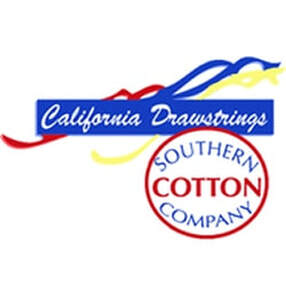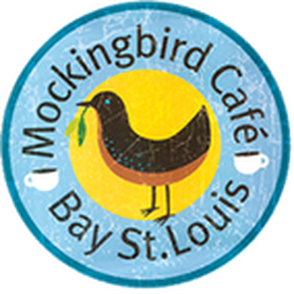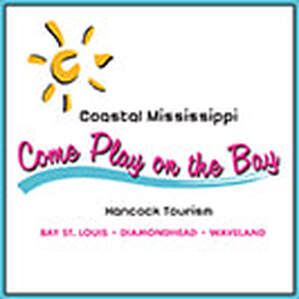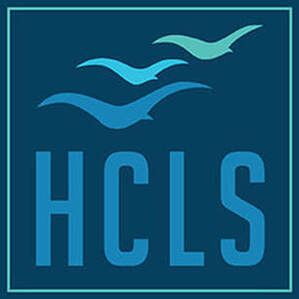The Living Shoreline
A new multi-million dollar project funded with BP restoration funds will provide new habitat for marine life and a boon to local fishermen.
- story by Lisa Monti
Among the wetlands are critical freshwater, estuarine, marine and submerged habitats. The preserve is part of the Mississippi Coastal Preserves Program managed by the Mississippi Department of Marine Resources.
A Beach Trolley Excursion
Shoofly correspondent and blogger Lisa Monti hails the new Beach Trolley for a test ride and discovers it offers free, convenient - and fun - travel.
- photos by Ellis Anderson
It’s fun, it’s free (thanks to Silver Slipper’s sponsorship), and couldn’t be easier. Just hail the trolley anywhere along its route and climb aboard.
The collection of passengers enjoying the hourlong ride on a recent Saturday afternoon tells a lot about why we live here (casual beach town lifestyle with plenty to do and see) and why visitors are attracted to this place (all of the above, and more).
There were locals with a swirl of small children who stowed a red wagon and stroller behind the driver’s seat for the duration of the ride. When the trolley reached their starting point at Nicholson Avenue, the group stepped off, red wagon in tow.
A solo passenger who was sitting behind the kids in the rear seat was on his way to hear the band playing at the Silver Slipper. No hassle with driving or parking, he said. It wasn’t his first ride, either. After learning about the service, he became a regular rider and has recommended it to friends.
photos from the trolley window
When we got to Main Street, a couple with two young boys got onboard and settled in the trolley’s front seats. They were from Hungary and were camping at Buccaneer State Park on a friend’s recommendation. Oh, the people you’ll meet in the Bay.
It’s easy to see that the novelty of the trolley, with its easy pace and picture-window views of the scenery rolling by, has become a go-to outing for parents and grandparents. And also easy see that the route from Silver Slipper to Main Street, the Depot District, Buccaneer Park and back to the casino is accessible to loads of riders, including boaters at the harbor and campers at the beachfront campgrounds.
CTA describes the Beach Trolley as a stroll along Hancock County’s coastline. Get on board and enjoy the leisurely ride. The service is available through September, when a decision to continue the free trolley rides will be made. The trolley runs Monday through Saturday from 11 a.m. to 10 p.m. and Sunday from 11 a.m. to 5 p.m. Buccaneer Rules For a Reason: Water
The most popular state park in Mississippi has advantages that can't be matched - including a beachfront location and the mother of all water parks.
- story by Lisa Monti, photos by Ellis Anderson
The Pirate’s Lagoon Wave Pool, covering 17,400 square feet, is the place to body surf, bob up and down in swells and ride six-foot waves atop an inner tube toward the edge of the surf pool. There are eight wave patterns generated in the 460,000-gallon pool, so the experience is always changing for swimmers.
There are two giant waterslides to choose from atop a 40-foot tower. Pirate’s Plank is a 375-foot-long waterslide that’s completely enclosed, and the wide open Pirate's Plunge is a 425-foot body slide with twists and turns all the way down to the refreshing pool below. Young swimmers have their own kiddie pool called Lil’ Smuggler’s Cove where they can safely enjoy splashing and playing in 12 inches of water. For those who prefer to grab some sun and watch the activities, there’s Treasure Island, a 10,000-square-foot deck perfect for lounging around the pool. Nearby the Sea Dog Galley concession area and food court has lots of shady areas where you can enjoy pizza, burgers, sandwiches and cold drinks.
Myrna Green, Hancock County Tourism manager, says that Buccaneer State Park has always been the most popular Mississippi State Park, in part because of its unique beachfront location. Over the past 10 years, the entire infrastructure has been rebuilt and enhanced. The new water park facilities have spread the park's reputation even further as a premier family attraction.
"Buccaneer offers that phenomenal water park, in addition to camping, beach, easy access, and a great view," says Green. "No wonder it's one of the top visitor attractions in the state. We're so fortunate it's here in Hancock County." The new free Beach Blvd. Trolley service makes it easy - and inexpensive for families in Bay St. Louis and Waveland to get to and from the park without hassling with parking. The trolley stops at the park at least once per hour. See the map and timetable below! Buccaneer Bay Waterpark is open daily from 10 a.m. to 6 p.m. until Aug. 1 and on weekends only from Aug. 2 to Sept. 5. Click here for more info. Our Very Own Least Terns
Wildlife lovers are excited about the first Least Tern colony in Hancock County, in Waveland. Yet, cheers are tempered by the fact that - at least for now - the extremely vulnerable colony is unmarked and unprotected, subject to eradication by unaware beachgoers.
- story by Lisa Monti, photos by Mozart Dedeaux and Ellis Anderson
The terns are colony nesters and congregate in large groups. They may nest twice, giving them a second chance each season to produce one or two eggs.
“It’s a safety mechanism,” said Pacyna. The colony near the Great Southern Golf Club in Gulfport had more than 900 birds last year. The birds are about 9 inches long and have a 20-inch wingspan. Ours are the smallest tern that breeds in North America. The terns belong to the Coastal/Eastern subspecies that breeds along the Gulf Coast from Texas to Florida. They winter along Central and South America’s coastlines and head north to breed in the spring. The birds are protected by state and federal statutes. Audubon officials asked the Board of Supervisors at their May 16 meeting for permission to put down posts and rope to provide protection but the supervisors delayed approving the request. The terns are on the Supervisors agenda again for the June 6th meeting. Bird-lovers are hoping this time they'll approve protective measures for the birds. The public is invited to attend the meeting. It begins at 9am on Monday, June 6th, in the Boardroom at the County Government Annex, 854 Hwy. 90, Bay St. Louis (if you can't make the meeting, but want to weigh in on the tern protection, all the supervisors names and phone numbers are listed at the bottom of this article). Apparently, some local residents, concerned for the safety of the birds and their nests over the busy Memorial Day weekend, took matters into their own hands. Hand-lettered signs appeared on the beach at each end of the nesting area, festooned with red hearts. "Hancock County Pride," the signs read. "Help protect our first Least Tern nesting site! Please keep well outside the marked zone." One sign had a post-script: "We love our baby birds! Thank you!" It's not known at press time how effective the grass-roots signage was at alerting holiday beach-goers. Several groups of people were spotted lounging just in front of the marked nests. 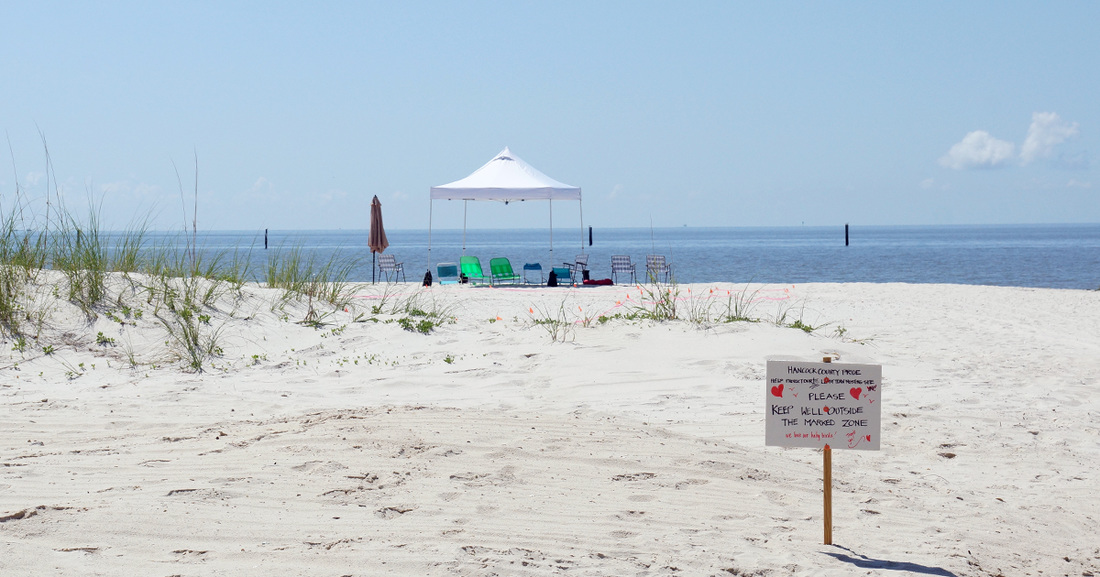
Without official signage and having the area roped off, it's easy for beachgoers to miss the fact that they're setting up camp in the middle of the terns' very vulnerable nesting grounds. Supporters are hoping Hancock County supervisors will approve the type of protective measures proven effective in Harrison County.
In the meantime, Audubon is seeking help in protecting the terns and observing their behavior. Training will be conducted throughout the month of June.
“We are trying to get volunteers to steward the area,” Pacyna said. “The biggest threat is the Fourth of July. We see a lot more people on the beaches and fireworks. People may not realize they are shooting fireworks in a bird colony.” The noise may cause the birds to flush, leaving the eggs and chicks vulnerable to high heat and predators like gulls and crows. If you want to lend a hand to make the least terns safe on our beach, you can volunteer by emailing Amanda Odom, volunteer manager, at aodom@audubon.org or call (228) 285-0449. You can also contact the Board of Supervisors to ask for their support: HANCOCK COUNTY BOARD OF SUPERVISORS DISTRICT 1 - David Yarborough (228) 493-3750 DISTRICT 2 - Greg Shaw (228) 493-7967 DISTRICT 3 - Blaine LaFontaine (228) 493-8283 DISTRICT 4 - Scotty Adam (228) 224-0178 DISTRICT 5 - Darrin "Bo" Ladner (228) 216-9926 Biking in the Bay
Wanna feel like a kid again? Grab a bike and head on out! The Bay-Waveland area has miles of awesome bike trails!
- story by Lisa Monti
New Boardwalks and Tram Tours at INFINITY Science Center
Mississippi's premier Science Center's newest "exhibits" make it easy to explore the exciting coastal environment in its own backyard!
- story by John Dumoulin Plastic Free April
What you can do to help keep our beaches and waterways free from plastic debris that harms the entire Gulf ecosystem.
- by Lisa Monti Bring it to the Bay!
The largest endurance racing event in South Mississippi draws participants from around the country on March 5th!
- story by Lisa Monti, photos by Ellis Anderson
“It is the largest endurance racing event in south Mississippi,” said assistant race director Joel Lawhead of the number of runners, including triathlons. An added option for our pet-friendly community: “On the 5K, we’re allowing dogs on leashes only.”
The route crosses the Bay Bridge and into Pass Christian before looping back to the Bay. At the finish line there will be an after-party with food and beverages for the participants. Friends and family can join in the fun for $5 to enjoy DJ music and the awards presentations. There are three running categories: the half-marathon, the two-person relay and the 5K category. Walkers can pick any of three options but will be limited to four hours. Starting time is 7 a.m. Lawhead said the Bring It to the Bay route is especially appealing for its beautiful waterfront setting. “There are very few places in the world where you can run along the water,” he said. “A waterfront race is very rare.”
Besides memories of an awesome race, there will be medals for half-marathon finishers and awards for overall, age group, and relay winners plus a T-shirt, gift bag and water bottle. A race photographer will be available to record the event.
Last year’s competition drew compliments from runners who called the race fun and challenging, the course gorgeous, and the volunteers wonderful and friendly. Joining the runners and walkers who come for the event are their friends and families who fill the local restaurants, shops and accommodations over the race weekend. Again this year, the race will raise money that goes directly into the reserve funds of the Bay St. Louis, Waveland, and Pass Christian police departments and the Hancock and Harrison County sheriff’s departments. For more information and to register, go to www.fitfirstbsl.com/half A New Center for Nature
Get a bird's eye view of one of the largest natural river systems in the country at the new Pascagoula River Audubon Center!
- story by Rebecca Orfila, photos by William Colgin and Rebecca Orfila
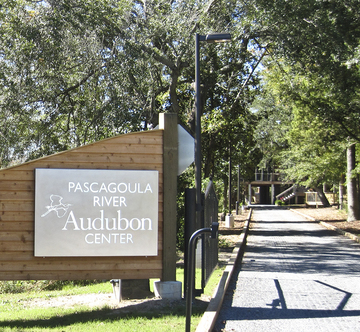
Access to a riverine setting makes the Pascagoula River Audubon Center (PRAC) a unique experience for locals and visitors interested in a different kind of activity. As mentioned on PRAC’s website, “The Center provides a gateway to what is widely recognized as one of the last, large unimpeded river systems in the contiguous United States.”
In October, PRAC celebrated the opening of its visitor’s center, a grand, wooden tree house looking out onto the verdant space. Expansive in size and construction, the center’s interpretive and informational displays include aquariums and terrariums of animals indigenous to the center. The updated facility offers programs and workshops for adults and children. Topics addressed include the biology and ecology of coastal wetlands, habitat restoration, natural history, plant identification, and local geology. On the outside, along walking trails, interpretive displays serve to guide and inform visitors. Special fishing days and kayaking are also offered (check with PRAC for the current schedule of events). Currently, there is no set fee for visiting PRAC, but donations are accepted. Mark LaSalle, PRAC’s director, explained during a recent interview and tour, “The programs are habitat based . . . and the new center expands on-site capacities for visitors.” LaSalle, a Mississippi State University (Ph.D) graduate, is tasked with the continued development of the center plus growing the educational and science programs in southern Mississippi. When asked how PRAC benefits the local community and the larger Mississippi Gulf Coast, LaSalle explained that visitors leave with an enhanced awareness of the nature around them. Mozart Dedeaux, curator and education coordinator, supports the hands-on experience for adults and children to learn about their environment. Ecotourism on the Mississippi Coast is a growing industry and one that incorporates educational sites, such as PRAC. For out-of-town travelers, including winter season visitors, the uniqueness of the Southern coastal environments makes for a new and special experience. 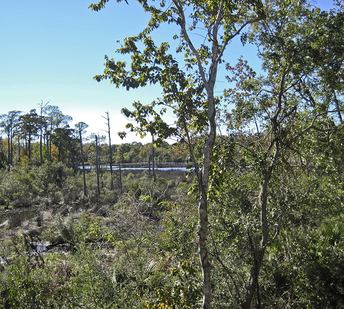 View of Rhodes Bayou from the walking path (Photo: Becky Orfila) View of Rhodes Bayou from the walking path (Photo: Becky Orfila)
Perfect for giving children an interactive experience in nature, a play garden is situated near the entrance of the center. Shade trees surround the play area where youngsters can participate in tactile activities and play on equipment highlighting the natural environment. Observation benches for parents have been placed within the garden. LaSalle noted that one of the favorite activities for kids was the slide constructed to look like a fallen log.
Toddler Tuesdays are currently being held on Tuesdays (Nov. 17-Dec. 15) from 10-11:15 a.m. Adults are required to be present. The Toddler Tuesdays are free for members, $3 per child/per class for non-members, or $12 for five class series for non-members (for additional information or to pre-register, call 228-475-0825 or email eparker@audubon.org. In addition to educational and experiential programs, the center conducts the Audubon Master Naturalist Program, which trains adult volunteers on natural history. A Junior Naturalist pilot program has been conducted in the past for teens between the ages of 14 and 16. A small gift shop, a conference meeting place, and catering kitchen are also present in the new center. The meeting room can be rented for special events or group meetings. According to Dedeaux, the center will be the site for two future weddings. For additional information on reserving the center for meetings or other events, call 228-475-0825 or email: eparker@audubon.org. By mid-afternoon, the sun moves from overhead, eventually dropping below the tree line across the bayou. Falling tide and an afternoon shower signal the coming end of the day. As the rain abates, the fauna wake and break the quiet with their calls and chirps. Coastal Clean-up the Rest of the Year!
If you weren't able to participate in October's 27th Annual Mississippi Coastal Cleanup, no worries! Here's some simple things you can do year-round to make our coast a better place - and why it's so important!
- by Karen Fineran, photos courtesy Hancock Chamber
Floatable marine debris items, once they enter the ocean, are carried via oceanic currents and atmospheric winds, and can be carried quite far from their origin. Many animals, such as sea turtles, seabirds, and marine mammals may mistake debris items for food and ingest them, or ingest them accidentally with other food, leading to internal injuries and sometimes death.
One of the most notable types of impacts from marine debris is wildlife entanglement. Derelict nets, ropes, line, or other fishing gear, packing bands, rubber bands, six-pack rings, and a variety of marine debris can wrap around marine life, leading to injury, suffocation, starvation, or death. What Else Can I Do To Help?
If you weren't able to get out and join Hancock County’s organized cleanup in October, there are other things that you can do to mitigate the problem.
How Can I Learn More?
There are a number of resources to turn to if you want to learn more about marine debris and ways to prevent it. The National Oceanic and Atmospheric Administration’s (NOAA) Marine Debris Program is the federal government’s lead organization for the research and prevention of marine debris. You can get access to current marine debris information and learn more about the program by visiting or by checking out NOAA’s marine debris blog. You can also visit the official International Coastal Cleanup website.
For more information about the Mississippi cleanup, contact Ed Cake, Chairman of the Marine Debris Task Force, at (228) 324-9292, or Melissa Scallan, Mississippi Department of Marine Resources (MDMR) Public Affairs Director at (228) 523-4124. Coastal Clean-up
Find out how to volunteer for this annual event that keeps our coasts and waterways safe and beautiful! You'll also learn what you can do year-round to make a difference
- story by Karen Fineran
The Mississippi Coastal Cleanup is this state’s coast-wide volunteer effort to help keep our waterways free from trash, and safe for people and animals. The annual cleanup — sponsored and organized by the Mississippi Department of Marine Resources (MDMR) and the Mississippi Marine Debris Task Force — takes place at more than 70 sites in Hancock, Harrison and Jackson counties.
In Mississippi last year, more than 3,000 volunteers collected more than 60 tons of trash during the annual cleanup. Any land that borders the water — the Mississippi Sound, the bay, bayous, or canals — will be included in the cleanup. Boaters are encouraged to get out to the barrier islands (Cat Island, East Ship Island, Horn Island, Petit Bois Island and Sand Island) and comb those beaches as well. Marine debris includes cigarette butts, toys, single-use cups and bottles, fishing line, and lots of other types of garbage. Anything man-made, including litter and fishing gear, can become marine debris once lost or thrown into the marine environment. The most common materials that make up marine debris are plastics, glass, metal, paper, cloth, rubber, and wood. If they are on the beaches and coastlines, then they very likely will end up in our oceans. Hancock County has participated in the global event for the last 26 years. Eighteen of the Mississippi cleanup sites are located in Hancock County, including McLeod State Park, Jourdan River Shores, Garden Isles, Diamondhead Yacht Club, Buccaneer State Park, Bayou LaCroix, Bayou Cadet, Lakeshore and Clermont harbors, the Depot District, and seven different sites along Beach Boulevard in Waveland and Bay St. Louis. Last year, more than 300 Hancock County volunteers took part in the local cleanup effort, organized by the Hancock Chamber of Commerce. Nearly two tons of debris were pulled from county shores and waters, and 187 bags of garbage were collected. This year, Hancock County’s Coastal Cleanup is being coordinated by the Mississippi State University (MSU) Hancock County Extension Office. Our coastal and marine resources matter, especially in Hancock County. While this county represents only a small geographic area of the state of Mississippi, we have a big front yard. What happens in the Gulf of Mexico has a significant impact on Mississippi and the entire Gulf region. Our annual coastal cleanup is a reminder that we can make a difference in keeping our shorelines clean and litter-free — one cigarette butt, scrap of fishing line or discarded plastic bag at a time. Are you ready to take action? Join us on October 17th for the 27th annual Mississippi Coastal Cleanup (and be part of the 30th anniversary of the International Coastal Cleanup)! The event in Mississippi will be held from 8 a.m. to 11 a.m., and there will be a cookout lunch provided for Hancock County volunteers from 11 a.m. to 1 p.m., sponsored by the office of Congressman Steven Palazzo and the Bay St. Louis Rotary Club. Please visit www.mscoastalcleanup.org for a complete list of cleanup sites and to register online or print a registration form, which you can bring with you on cleanup day and turn in at your selected site. Children are welcome and encouraged to participate in the cleanup but must be accompanied by a responsible adult. Bring work gloves, drinking water, sunscreen and a hat, closed toe shoes, and a bucket or bag to collect debris. See you there! Walking the Beachfront
One of the gifts of life in the Bay is the serene and scenic beachfront. Writer/blogger Lisa Monti explains how her daily walks became a healthy habit, not to be missed. For any reason. Ever.
- story and photography by Lisa Monti
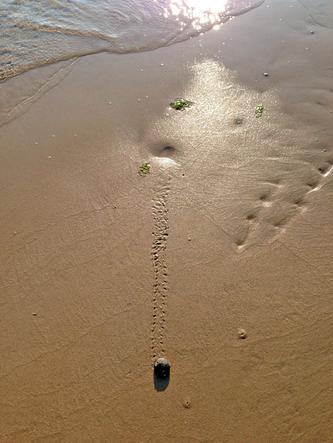
My morning routine starts with coffee—always coffee first—and then a walk a few blocks over, then down to the beach and back toward home, a mile or more depending on work and the weather (I have walked to Waveland, which is a whole lot closer than it sounds, but people always seem impressed by that).
The only thing I take along is my iPhone for its camera and the fitness app that keeps me honest. The iRunner app, which I downloaded for free and can highly recommend records where, when, how far and fast you walk and how many calories are burned up. When the info is locked in and synced, the route is mapped and a little walking figure populates the day on a calendar. There also are action figures for running, biking and other activities, and a Siri-like voice that offers congratulations. (“Workout complete. You rock!”) The more little figures that lined up across the calendar, the more committed I felt to add days. A month later, I’d look at the parade of walkers in full stride and put on my walking shoes whether I felt like it or not. Soon it was a year of walks, then two years, and now I’m headed toward recording the end of my third year without missing a day. Fortunately, walking the same route just about every day hasn’t turned routine. Even if you’ve been around the beach all your life like I have, there’s something different every day. The clouds, sky, the sand, the water and the wind, everything changes from one day to the next, and from morning to evening. The water can be crystal clear at times or churned up like chocolate milk at others. I imagine clouds are like snowflakes, no two are the same, and it’s not unusual for some awesome formation to stop me in my tracks.
When the weather is warm enough, we walk along the shoreline so the dog can slip into the water and cool off. Jellyfish of all shapes and sizes, stingrays and crabs usually aren’t far from the water’s edge, and oyster shells spread out in a nice fashion. When a bald eagle or osprey is diving for fish, porpoises feed, or pelicans swoop by, it doesn’t matter that the fitness timer keeps moving even though I’m not.
Aside from the scenery, there’s plenty of opportunity to socialize on beach walks. Walkers not on the clock are happy to stop and chat. Most dog owners are enjoy making small talk while the respective dogs get acquainted. Casual bike riders can hold a modest conversation without losing momentum or having to circling back to finish a thought. Walking restores my appreciation for our beach and makes me aware of how much work goes into taking care of this wonderful asset. Beach cleanup crews do, in fact, rock. If you haven’t been walking along the beach in a while—or ever—I would recommend it. You don’t need a dog or an app, and you don’t have to walk all the way to Waveland. But it’s really not that far. For a mile-by-mile description of the entire beachfront roadway in Hancock County,see our July 2015 Beach to Bayou column by P. Chris Christofferson Guardians of the Terns
Audubon Mississippi's Bird Stewardship program offers volunteering opportunities year round - including protecting tiny Tern hatchlings during busy beach weekends.
- story by Ellis Anderson, bird photography by Charles Hubbard
Rosanna points out several of the terns dive bombing a family walking ahead of her on the beach path, one of the nesting ground “borders.” The parents and kids are talking and don’t even notice the birds swooping above them. Although they might soon. One of the terns’ defensive mechanisms is pooping on intruders.
“Most people coming to this part of the beach don’t know that it’s a nesting ground,” Rosanna says. “There are roped off areas and signs posted, but they’re having fun and not paying attention. Lots of times they just walk right past the warnings.” “That’s why volunteers are posted on either side of the nesting grounds. Once people understand, they don’t mind a little detour at all.” Least Terns likely spend the winters in Central America, northern South America, and the Caribbean, then return to the Mississippi Coast every April to breed. The birds gather in small colonies along the coastline. At first, couples court while gliding in the air. Then males bring the females tempting morsels of fresh fish to seal the relationship. Once the female’s been won over and they’ve mated, both birds share in parenting responsibilities. Couples hollow out indentations in the beach sand and then announce that it’s home by laying one to three eggs. While herons and raccoons and storm tides are all commonplace factors that can wipe out the hatchlings in a heartbeat, the threat that now requires volunteer help is the growing human population of the Mississippi Coast. Most damage from humans is inadvertent. Beach-goers walking along near the waterline may not notice the roped-off nesting grounds and pass the colony’s unmarked border. They may be oblivious to the alarm they’re causing as the little adults swoop and cry overhead. Unaware, they tromp through the nesting grounds, crushing nests and eggs and even featherless fledglings. Sarah Pacyna, director of the Coastal Bird Stewardship Program, says that human disturbance can flush the adult terns, leaving the eggs and chicks vulnerable to high heat, sun and predators, which include other bird species.
Holiday weekends, like the Fourth of July can be especially bad. In the first of July, the eggs are just beginning to hatch. People crowd the beaches and fireworks must seem like bomb attacks to the nesting colonies.
Audubon’s Least Tern volunteers are trained to politely engage and educate people who are about to absently walk into a nesting area. While the deBuys, who live between New Orleans and Bay St. Louis, are relatively new to the birding word, Waveland resident Barbara Bowen has been an avid birder for over twenty years. She’s a veteran Audubon volunteer. Bowen says it’s a particularly satisfying job. “We’re protecting those little hatchlings, that are so vulnerable now,” she says. “And we get to talk to groups of people and tell them about the terns. They become more aware of the terns, and start appreciating other birds more too.” Roseanna says she and her husband enjoy watching the antics of the birds and sharing information about the birds with new people. “The kids' eyes always light up when we show them the pictures of the chicks,” she says. “Besides, it’s a great excuse to hang out on the beach. It’s peaceful, the scenery is gorgeous and we come away relaxed. It’s a tough volunteer job, but somebody’s got to do it,” she says, laughing. The nesting cycle for the Least Terns comes to a close in August, however, the local Audubon’s Coastal Bird Stewardship Program offers year-round educational and volunteer opportunities. For more information, email Amanda Odom, Volunteer Manager or call (228) 285-0449. Find out the many different ways volunteers can make a difference here! Biking Beach Boulevard
This month, ride along with local wildlife photographer Chris Christofferson as she bikes Hancock County's 12 mile beach road, starting at Cedar Point and ending at Bayou Caddy - story and photos by P. Chris Christofferson
Cedar Point boat launch at the end of North Beach Blvd is public and leased by Hancock County from the Hollywood Casino, which sits with its golf course across from the launch inlet. It has two launch ramps, a covered bench area, two port-o-lets (but no water spigots), lights on from dusk to dawn, a small fishing deck and a surrounding bay wall. It's the perfect place for fishing the bay, since it has a generous parking area. A peaceful place to sit and observe beauty of the north bay and mouth of the Jordan river and be expectantly watched by a few egrets and laughing gulls, waiting on treats.
From the boat launch to the intersection of North Beach Blvd and Hwy 90 at 2.9 miles, there is only street biking, but the bay wall supports walkers and fishermen to the Bay-Waveland Yacht Club at 2.5 miles. Speed restriction is 25 mph which seemed well regarded by the locals. .4 Miles
Wetlands from the boat launch to the first group of homes, several of these being rentals with private piers. As I leaned on my handlebars for a few minutes, absorbing its pristine, serene beauty, many birds flitted through singing and calling. I recognized a laughing gull, Brewer’s blackbirds, cardinals, red-winged blackbirds, Carolina chickadees and a red-headed woodpecker, amid other bird songs I couldn’t identify. What a satisfying beginning for this adventure!
1.2 Miles
1.5 - 2.3 Miles
I had never noticed before, but there are several ladders into the water for easy climbing back onto the wall. Given no beach from the boat launch until Bay Waveland Yacht Club, it’s convenient.
2.5 Miles
Bay Waveland Yacht Club. A private yacht club, started in 1896 and beautifully rebuilt.
2.5 - 2.8 Miles
The only beach front on this section of North Beach Blvd is between the yacht club and Hwy 90, but it is all privately owned by the residents across the street.
2.8 Miles
North Beach Blvd crosses Hwy 90 at the St. Louis Bay Bridge. The fabulously rebuilt bridge’s lit biking and walking lane provides a spectacular view of the bay with parking available across the street at its foot.
3.1 Miles
From the bridge to this point, which is .4 mile, the beautifully manicured white sand beach behind the privately owned fenced gazebo is directly accessible. But, then, at the beginning of the tiered flood wall there is cable running the length of the walkway at the top preventing one from going down the stairs to the beach all the way into Bay St. Louis behind The Blind Tiger. This morning, the first flock of birds I saw were about 20 laughing gulls. Strange to me, that only a very few great blue herons and egrets were seen to this point and no pelicans; but lots of songbirds on the wetland and house side of the road.
3.5 Miles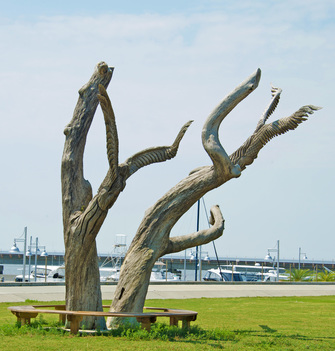
Jimmy Rutherford Pier in the Bay St. Louis marina is the longest of the five public piers on the beach road and is brand new, with overhead lights. It is very conveniently connected to a ramp for short-term boat tie ups. It has two covered sections with benches, but doesn’t allow bait-cutting or net fishing and has no water spigots. The marina dock offers restrooms.
The newly opened Bay St. Louis Harbor has permanent, as well as transient docking available with full amenities and a huge parking lot, usable for festivals as well. Interestingly, here is no boat launch. Here on North Beach Blvd, the Bay Town Inn tree (which saved three lives during Hurricane Katrina) sculpted into angels, is a delightful spot to lounge on the bench at its base and watch the bustling street and bay action. 3.6 Miles
From Cedar Point boat launch to Main Street Bay St. Louis. The bay side has restaurants and private businesses furiously being erected. Bay St. Louis was recently reported as the fastest growing town on the coast. If you’re still with me, and want to use Main Street as mile marker zero, instead of Cedar Point, obviously just subtract 3.6 from the following distances.
3.7 - 3.9 Miles
Our Lady Academy, Our Lady of the Gulf Catholic Church and St. Stanislaus College. The name of the beach road changes from North Beach Blvd to South Beach Blvd at the intersection of Main Street. A tiered floodwall with sidewalk runs from the railroad tracks to the newly rebuilt Washington Street Pier and pavilion.
4.1 Miles
Washington St. Pier and Pavilion is a very popular recreation center of Hancock County which supports a double boat launch and fishing pier as well as a pavilion (available for rentals), generous parking, 200 feet white pure sand beach and bathrooms. Friday morning, a van was in the parking lot offering kayaks for rent.
The rebuilt Washington Street Pier seems to be the most basic of all five public piers along the beach road, with no coverings and no water spigots. However, there are rail lights on dusk to dawn and handicap accessibility. I saw about 20 laughing gulls, one great blue heron, two egrets and on the rocks at the beach about 60 pigeons, lolling in the sun. In the marsh grass, there was a red-winged blackbird and, I think, an Eastern kingbird.
From Washington Street in Bay St. Louis into Waveland for 4.5 miles , there is a remarkably fabulous, approximately 200 feet wide, stretch of a man-made white sand beach with protective sand dunes and the first biking path as well as a walking path, well-groomed by the county. Garbage cans are intermittently placed, which, aggravatingly, seem too often ignored by day-beachers. Car parking, on the land side is intermittently available (with care to not get stuck if the sand is too deep or wet). This is a gorgeous stretch which we can be so very proud of its rebuilding even better 10 years out!
At the Waveland/Bay St. Louis city line, the name of the road changes BACK to South Beach Blvd. Both cities have a South Beach and North Beach Boulevard - even though it's all the same road. 4.3 Miles
What struck me was that in the area of Ballantine to St Charles, the sand dunes are higher than the bike path so there is always, but particularly with a stiff breeze, build up over the path. I had to be careful my bike tires didn’t slide, with me landing on my tusch.
6.1 Miles
Nicholson Ave is a main road to the beach from the Hwy 603 and 607 intersection. At the corner of Nicholson on the hill of a private, Katrina empty lot is a swing which withstood Katrina and is often the site for wedding photos or just folks relaxing, since they're able to gaze all the way to the ship channels in the bay. Unfortunately for beachers, for a couple of hundred yards on either side of Nicholson, the sand is full of broken oyster shells which make it so very uncomfortable to sit, painful to walk without shoes, and very unsightly, compared to the pristine sand to this point and after the drainage canal at Sarah’s Lane at 6.4 miles.
According to Lisa Cowand, president of the Hancock Board of Supervisors, they are aware of this problem and want it cleaned. But, that area of the beach (being a corp of engineer initial project) poses difficult logistics, which she says is taking time to rectify. The reddish-brown color of the water flowing into the bay at the Sarah’s Lane drainage canal is from iron ore deposits in the soil, and not a dangerous discharge to beach walkers, again, according to Lisa Cowand. 6.8 Miles
Garfield Ladner Memorial Pier. I hope its revival will be the gem needed to jump-start Waveland development. It recently reopened in June. To me, it has it all. A long, wide pier with overhead lights on from dusk to dawn, six covered stations with benches, lights directed into the water for night fishing, plenty of parking and porto-o-lets planned.
This is the only public pier on the beach road to have water spigots interspersed on the pier,which I think is a huge amenity. Before it closed because of Hurricane Isaac damage, it required a fee, but none is to be required at present. There are even six sand volleyball courts and a wide beach. Even early afternoon Friday there were a lot of beachers. A snowball truck was there and very popular that hot afternoon. The City of Waveland Veterans Memorial park is as poignant and beautiful as any I’ve ever seen. At the water’s edge by the volleyball courts, I saw four peeps and a sanderling, for the first time, with a few laughing gulls.Destination America-Red White and You is sponsoring a spectacular celebration at the pier for the 4th of July with rides, food and awesome fireworks. It couldn’t be a better introduction to the community of the newly renovated pier! 6.9 Miles
Coleman Ave is Waveland’s main street, all new construction post-Katrina. North Beach Blvd becomes South Beach Blvd at this intersection. By the time I reached here, about 2:30 PM, my suntan lotion was sweated off and, out of bottled water, I was really thirsty. Port-of-Call General Store on Coleman is the perfect beach general store. Soft drinks, beer, ice, beach food, fresh fruit, t-shirts, first aid including suntan lotion, beach toys, towels and lots more. It is invaluable as the only general store close to the beach the entire 11.7 of beach road. It even rents bicycles. Refreshed, I was back on my bike to finish this survey of the beach road’s delectable offerings.
7.2 Miles
St. Clare Catholic Church at the intersection of South Beach Blvd with Vacation Lane is the 3rd and last church on the beach road, all 3 having been rebuilt after Katrina with current robust congregations.
8.6 Miles
This ends the man-made, extensive sandy beach at a private pier with the beginning of a bay wall, satisfactory for fishing and walking, but bike riding is relegated to the road the rest of the way to Silver Slipper Casino at the 11.7 mile mark. Touring RVs of all sizes on their way to Buccaneer State Park and Silver Slipper crowd other bicyclists with few honoring the 25mph speed limit. Encounters can get tense.
9.4 Miles
Buccaneer State Park. Camping, water slides and pools and recreation pavilions with full bathrooms, all for a fee, make this a well-maintained, deservedly praised and very popular summer family destination.
9.7 Miles
Waveland City limits and beginning of Clermont Harbor. The wetlands with teeming songbirds, egrets and the occasional great blue heron are unspoiled and magical. From here to the Clermont Harbor fishing pier at 10.4 mile, there’s a couple of outcropping, small, untended beaches and very intermittent roadside parking.
10.4 Miles
Clermont Harbor Pier, just past Bordage street, is public with 14 covered units and benches, side rail lighting on from dusk to dawn, but no water spigots or port-o-lets and limited roadside parking. However, with Buccaneer State Park and the Silver Slipper Casino nearby, it seemed a very popular and congenial place on Friday afternoon.
10.8 Miles
This begins the man-made and beautifully maintained white sand beach to the Silver Slipper at 11.7 miles. This stretch also supports a casino RV park in between stretches of gorgeous, untouched wetlands. Road traffic is heavy on weekend afternoons, so bikers need to be attentive, stick close to the side of the road and beware of vehicles exceeding the 26 MPH speed limit.
11.7 Miles
Silver Slipper Casino - the end! A lovely hotel has just been added to the casino and first-class restaurant as a confident investment in the future of Hancock county. I ducked into the air-conditioned casino lobby (shock) at 4:15PM, weary, dirty, sunburned and sweaty, to be met by the cacophonous sounds of scores of slot machines and a collage of bright color. The juxtaposition was intense after a leisurely day of pedaling to the rhythm of soft breeze whispers, song birds, cricket chirps, frog calls, and lapping waves and visions of picture-perfect beach beauty, shore birds foraging, shrimpers on the horizon, fishermen on piers and walls and a clear blue sky. Obviously, the Bay/Waveland beach road attracts all personalities, exactly as it should!
The intrepid community investment in the beach road, both in conservation and development, is a resounding success ten years after disaster ferociously struck.
We should be proud, my neighbors, as we stay diligent protecting this little piece of heaven. Lisa Cowand informs me upgrades are in the future, but I can only hope none of the rustic charm is lost in the process and it is only enhanced. A Fisherman's Dream on Washington & Third
A new tackle shop owned by an experienced fisherman opens just a few blocks from some of the best fishing piers on the Mississippi Coast. Meet Billy Ray Sanders.
- photos and story by Ellis Anderson
The twins are likely the first of many. If the location, location, location mantra proves true, there’s no way this business can fail. It’s situated on the corner of Washington Street and Blaize Ave (Blaize changes names to Third St. on the Waveland side of that intersection), only two blocks from the Washington Street pier and boat launch. The new Bay St. Louis harbor and the adjacent fishing pier are just several blocks beyond. There’s plenty of off-street parking and the building itself looks cheerful and well-kept.
Inside, walls and shelves are lined with lures, nets, hooks and lines. Dozens of rods stand in racks, while reels glint alluringly from glass cases. While Sanders carries some items found in big box stores, he stocks specialty tackle, rods and reels that can’t be found elsewhere locally. Okuma and Shimano and Penn are a few of the brands that he carries. Sanders will also stock someone’s favorite lure. All they have to do is ask. Flounder lights are made in the store. They’re durable LED lights encased in an aluminum water-safe housing. “All our lights are repairable,” Sanders says. “If they have a problem, they can come back to me and not have to ship them off.”
Currently, the tackle shop stocks frozen bait and may soon be offering live bait as well. Ice is available in either ten or twenty pound bags, and snacks and soft drinks will keep fishermen happy if the fish aren’t biting.
But probably one of the main draws for local anglers will be Billy Ray’s advice. He’s been a serious fisherman since he moved over to Hancock County from New Orleans in 1981. When asked how he became a go-to guy for fishing information, he points to forty years experience. “I fish, that’s the authority,” he says, smiling. “I fish all week. If I can’t sleep at night, I walk down to the pier and fish. If I wake up too early, I get up and go down to the pier and fish. I’m in my boat too, at least once a week.” “I tell people, advice is free. Don’t think you need to buy something to come in here to ask me a question. That’s not how it works. You can ask me anything, whether you’re an experienced fisherman and have questions about local fishing or if you’re trying to learn how to fish for the first time. “ And fisherfolk have plenty of opportunities to stop in and ask: the Tackle Shop is open every day but Sunday, from 7am – 6pm. The shop phone is 228.220.7114 The Mississippi Gulf Coast Birding Trail - Napoleon by the Pearl Just miles from Bay St. Louis, you can step into another world - and another time - at this isolated spot on the Mississippi birding trail. - by Ellis Anderson photography by P. Chris Christofferson and Ellis Anderson
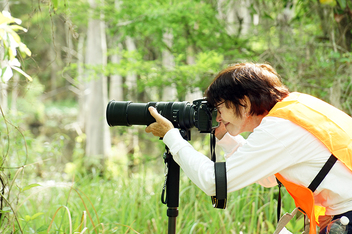 The lightening sky revealed a heavy fog as I drove down to Waveland to pick up my partner in this morning adventure, photographer P. Chris Christofferson. She brought along her own camera equipment, mosquito repellent, several bottles of water and a picnic lunch. She also gifted me with a nifty fluorescent orange vest. While it wasn’t hunting season, we didn’t want to be mistaken for wild boars by anyone else we might come across while trekking through the Hancock County wetlands. The two of us would be stalking birds, armed with cameras rather than guns. As another safety precaution, we'd also told our husbands where we were going, so in case we went missing for a few days, they might come and look for us. We were headed to Napoleon (or Napoleonville, as it’s called on the Mississippi Gulf Coast Birding Trail map), the site of a centuries-old historic community on the east bank of the Pearl River. Its residents were resettled when Stennis Space Center was constructed in the 1960s, so now it’s officially “extinct.” But 14,000 years or so before this place was named after a French emperor, Native American civilizations made this magical land their home, hunting camels and tigers and mastadons. Later cultures built earthworks and mounds that have survived thousands of years. The incredible pine forests that sheltered eons of animals and humans – ones that must have rivaled the west coast redwoods - did not survive. They were completely razed by short-sighted lumber barons in the late 1800’s and early 1900’s. “Completely” is not hyperbole in this case. To my knowledge, there’s not a stand of them remaining on the entire Mississippi coast (e-mail me if you know of one!). Yet the landscape near the Pearl still oozes with a primordial atmosphere. One wouldn’t be awfully surprised if a bison came lumbering through the underbrush. Chris and I were using the new Mississippi Coast birding trail on-line guide. The Napoleonville site is one of the places recommended for year round observation of several “sought after species.” The sighting of one of these birds scores major points in the serious bird-watching world. Both Chris and I are novice bird-watchers, so approached the morning’s expedition with an open mind. Good thing. While we didn’t succeed in getting any spectacular photos of birds, we both reveled in having a good excuse to go tromping around in the woods, immersing ourselves in the natural world and for that morning at least, becoming just two more creatures in a forest swarming with life. The stress of our everyday lives melted away. We found ourselves in a different world, one where deadlines and obligations became meaningless. Napoleon is part of the Mississippi Gulf Coast Birding Trail and a highlight of the the Hancock County Scenic Byways. Here’s a quick run-down on what to expect at Napoleon if you’d like to take your own birding expedition. Head north on Hwy 607, past the 1-10 Exit 2 interchange, toward the Stennis Space Center complex gate. You’ll see a brown sign pointing to the Napoleon turnoff, turn left there. Eventually, you’ll come to sign pointing to another turn-off to your right, onto a gravel/dirt road. The times I’ve been out there, the road has been in pretty good condition, so most cars ought to be able to handle it with ease. Slideshow images by P. Chris Christofferson
Since the bog is right by the side of the unpaved road, it’s easy to observe without wading in. Cypress rise up on their knees from the surface of water that’s not moving, but is certainly not stagnant – it’s rippling with life invisible to human eyes. The symphony of sounds generated from this small patch of swamp silenced our conversation. Nothing we could say to each other could be as fascinating as the calls and cries emerging from the marsh.
Our bird-photography score for the day may have been exceedingly low, yet we were finally rewarded with the sight of a prothonotary warbler. Although I recognized it from photographs, it was the first live one I’d ever seen. At once, I understand the thrill of bird-watching. Before this trip, I would have rated the excitement of the hobby as being slightly above the level of glacier racing. The yellow bird flited from limb to limb before us and refused to pose for our cameras, but that didn't dampen our joy. The things that did model for our cameras were the showy jungle-like flora of the area. Chris ended up snagging the Awesome Shot of the Day, capturing the image of a bee gathering nectar from a splendid white bloom. I couldn't identify either the plant nor the insect. It didn't seem to matter. Our morning ended when I was impaled in the thumb by a rusty fishhook while pushing myself up from a pond bank. Yet, even the possibility of tetanus had me dragging my heels, reluctant for our adventure to end. We added one item to carry in the car for future expeditions: a first aid kit. Leaving near noon, we were still besotted by the swamp experience. On the way home, we detoured and checked out the trail-head of the Possum Walk Heritage Trail in Logtown and the Ansley birding site, scouting them out for future expeditions – and for future editions of the Cleaver. Read the first article in this series about the Mississippi Coastal Birding Trail in Hancock County. Tips for beginning bird-watchers The Bay Rollers -
|
|
Remember the days of your youth exploring the streets, joining friends to cruise the beach, and coming up with exciting games on your bike? The cement slab under my house was a course for high-speed chases and the streets were canvases to our invisible swerving trails our tires left behind. Our bikes meant freedom and adventure for my sister and me, often with friends or cousins.
Fond memories like these are not so distant from a group of thirteen guys between 40- and 70-years-old. They call themselves the Bay Rollers Cycling Club. While they aren’t kids anymore, they still enjoy the adventures and friendship their bicycles afford them. |
Beach to Bayou
|
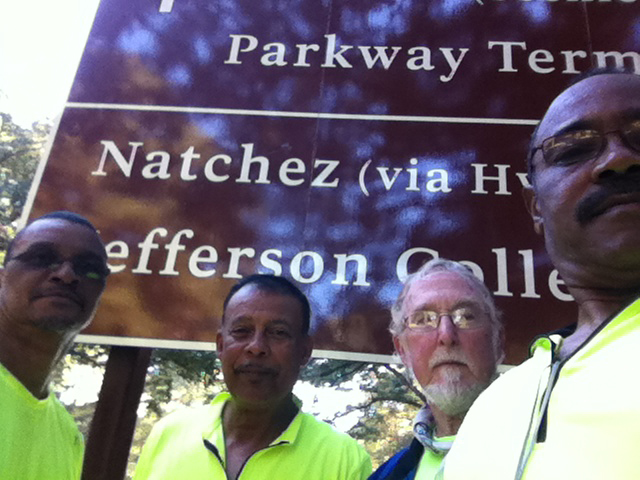 photo courtesy Bay Rollers
photo courtesy Bay Rollers
At the advent of the club in the summer of 2014, some of the members noticed that their buddies were doing the same thing they were to stay active. Individually, they were riding their bikes. So, they decided to come together one Saturday and ride together instead. Once it became a regular occurrence, they decided to form an official club with elected officers.
The men boast an average of 20 miles in a typical group ride at about 15 miles per hour. That’s pretty impressive stamina for men of their seniority. Labat describes the club as a “group of friends who share a love for cycling and want to be physically active into their retirement years and beyond.” Their goal is to improve their level of fitness and cycling techniques in an environment of camaraderie and mutual support. In between rides, they hold monthly meetings to discuss upcoming events and to share cycling information.
The Bay Roller’s don’t just ride their bikes for fun and fitness, however. They also come together to give back to their community. They’ve promoted cycling by donating over 30 bikes to elementary schools, raise community awareness about bike safety, and participate in other group rides from Slidell to Gulf Shores. The club actively participates in community beautification projects and supports local non-profit organizations. You can also see the Bay Rollers in local Mardi Gras parades.
“We are especially grateful to our sponsors who have supported us since our initial meeting in July, 2014,” says Labat. “Their support has allowed us to be a presence in the Bay St. Louis community that we love.”
Cycling is known to be a source of low-impact exercising with little strain on your back and hips. At the same time, cycling can be a serious and strenuous sport. The Bay Rollers take advantage of the ease of riding, while also pushing each other to be better cyclists and healthier adults.
“Cycling affords us a means to get physical exercise, socialize, and promote the sport to others,” says Labat. Because cycling is fun and you can control how much energy you exert, it’s truly a past-time for anyone.
Take it from Myron Labat: “Cycling is one of the least expensive, most gratifying and most wholesome ways to see the best parts of your community, or even other communities, while reaping the benefits of non-jarring exercise."
"It can be enjoyed on many levels: solo (therapeutic), together with family and/or friends (social), or competitively (racing). To those searching for a fun way to exercise that's easy to stick with, we say, ‘Give cycling a try. Transform a childhood pastime into a lifelong passion that continues to reward.’”
"And don’t forget your helmet!"
Upcoming events for the Bay Rollers include participation in the Natchez Trace Century Ride in Ridgeland, MS on May 2nd and presence at the Gulf Coast Bicycle Club’s Vintage Bike Show and Swap Meet on May 3rd.
Labat offers, “Anyone who loves cycling, wants to improve their fitness level and wants to give back to their community is welcome to join the Bay Rollers.”
More Fun Than Run
- This month: Icy Pint Athletics combines running and beer (AFTERWARD) in a monthly Fun Run at the Mockingbird!
| Fluorescent greens, hot pinks, all shades of blue and silver creak across the wooden porch and through the old door. Running shoes carrying their smiling owners of all ages, shapes, sizes, and speeds. Over thirty eager people fill the Mockingbird Cafe tonight, as many do every Thursday for the IPA Happy Hour Fun Run. Jacqueline Mize checks people in as they enter, greeting them familiarly. A band is setting up keyboards, guitars, and amps. After a few minutes, everyone seems to be antsy to go, so they start filing back out onto the porch and sidewalk. | Beach to Bayou |
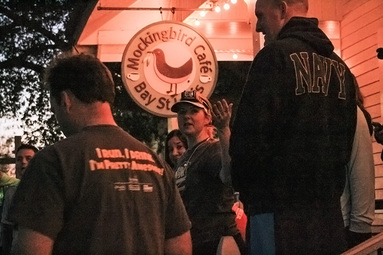
Everything about this bunch of athletes says fun and community. Most of them seem to shy away from the terms “athlete” or “serious runner” altogether. Jacqueline corrects me, “I do triathlons all the time, and I’m not a serious runner!” Instead, they talk about IPA like it’s a group of friends getting together once a week for some beer. After all, half of the experience is the icy pint that rewards you back at the Mocking Bird. “We run for beer!” exclaims Katie Dauro, a mother of two small children who attends the Fun Run most weeks. In fact, if you run, walk, or bike the short lap around Old Town, your second pint is free. ”Plus,” Katie reasons, “You burn the calories you’re gonna get in the beer.”
It’s clear, though, that Katie, Jacqueline, and all of their IPA friends don’t just run for beer. They come together to laugh, to train, to spend time with their families, and to show each other support. They all know they're part of something bigger than their own fitness goals or best times.
“We hold each other accountable,” Katie explains. “Somedays I don’t want to come, and some days my friends don’t want to come.” At the end of the night—beers in hand and endorphins pumping—it all seems worth getting off the couch. They call it accountability, but it seems much more like a fellowship of encouragement.
story continued below
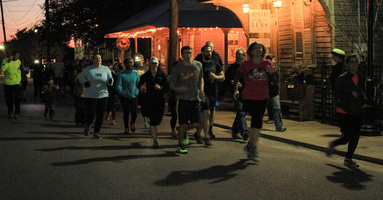
Regardless of the weather, there are always some devoted to run. The Mockingbird Cafe is the loyal host to the Bay IPA. Like the best symbiotic relationships, IPA guarantees hungry runners and thirsty beer enthusiasts, while the Mockingbird provides the beer, tasty food, and (often) live music. A sweet deal that fosters community relationships and supports local small business.
It all started in Ocean Springs when Eric Collum was—as the IPA website explains--“enjoying a cold beer after a run and asking himself ‘Why am I not doing this with my friends?’” Then, when Jacqueline noticed the running community in the Bay, she wondered why she traveled all the way to Ocean Springs for IPA. Eric responded with a quick “sure” when she asked if they could start one here.
In the 2 years since Eric started IPA in Ocean Springs, over 500 people have come out to at least one run. The numbers continue to rise weekly. Many have already hit the 100 runs mark, like Jacqueline who just earned her IPA visor this month for reaching the triple digits. Eric is here to present it to her after she awards multiple perks to faithful “Top Shelf” members who hit milestones today.
Attending the Happy Hour Fun Run is completely free, but signing up for the Top Shelf Membership sets you up for a great list of perks. The annual membership is $25, which offers benefits like official IPA merchandise, runners insurance, discounted and free training sessions, and discounts at IPA events and local merchants. It’s definitely worth it for anyone wanting to run often and run well.
To top off the Icy Pint, there is more than just weekly fun runs in three locations (Ocean Springs, Bay St. Louis, Gulfport). They host runs and other events, represent at local runs and triathlons, offer training and workshops, and just simply hang out sometimes. As their website boasts, “If you ever run, even if it’s only a few feet; if you like to drink; if you want to help create awesomeness… you are in the right place.” That is if you’re running with Icy Pint Athletics.
For more information about the fun runs, the annual membership, or what IPA is all about, go to their website, icypintathletics.com, and Facebook/IcyPintAthletics.
This month - Bicycling is booming in the Bay - find out what you can do as a driver and a cyclist to keep it safe!
| A check with officials in Hancock County, Bay Saint Louis and Waveland revealed no local ordinances governing bicycle riding. That leaves Mississippi state law to govern bike riding. In 2010, the legislature passed The John Paul Frerer Bicycle Safety Act. Named for a young Tupelo man killed by a car while biking, this law draws together, and adds to, previous laws concerning bikes, making these ordinance easy to understand. Basically, bicycle riders have all the rights and obligations of a motor vehicle on the roadways of Mississippi. This included traveling with traffic (bike with traffic, run/walk against it!!), using hand signals to indicate turns and stopping at traffic lights and stop signs. A few special requirements for bicyclists include riding near the right side of the roadway except when passing a slower vehicle or preparing to turn left, and riding no more than two abreast. A headlight and red tail reflector are required for night riding. |

Bike Helmets. There is no State law requiring riders to wear bike helmets. Starkville, Ridgeland and Hernando do have local ordinances with Starkville being the only town requiring helmets for all riders, not just those under the age of 17. However, sometimes things that are lawful aren’t always good for us.
Myron Labat tells a tale of helmet use convincingly enough to ensure that bicyclists with the Bay Rollers always wear helmets. Myron, President of the 12 member Bay Roller Bicycle Club (and Cleaver October 2012 Good Neighbor), had one of those oops moments with which we are all familiar. One slight misjudgment resulted in a two bike crash sending him to the pavement with his head striking hard. Without his helmet, … Well, let’s just say that the helmet saved more than the day.
Bike Lanes. Again, there are no local ordinances regarding bicycles, therefore no requirements that bicyclists use the bike lanes provided on Dunbar Avenue, or the bike path on Beach Blvd. Interestingly enough, MS State law on Bike Lanes only deals with motor vehicle obligations when bike lanes are present, mainly in that the “operator of a motor vehicle may not block the bicycle lane to oncoming bicycle traffic and shall yield to a bicyclist in the bicycle lane before entering or crossing the lane.”
Bay Roller President Labat and I share concern with foreign objects in our few bike lanes, such as gravel in the Dunbar Avenue lanes. It’s almost too dangerous to use those lanes and perfectly legal to ride in the road. To be fair, one shouldn’t expect BSL to constantly sweep those lanes.
Sidewalks are not bike lanes and bicycles are not allowed on sidewalks unless a bike lane is designated on that walk as it is in places on Beach Blvd. This is a far too common area of contention between cyclists and motor vehicle operators, and will become even more so contentious when sidewalks are added to Old Spanish Trail this spring and summer.
So for now, and until we can engage in some serious sign posting and education, y’all set good examples, be sensible and safe out there, pass along good biking habits, and we’ll see you on the road!
Mississippi Birding Trail Goes Mobile
article by Ellis Anderson, photographs by P. Chris Christofferson
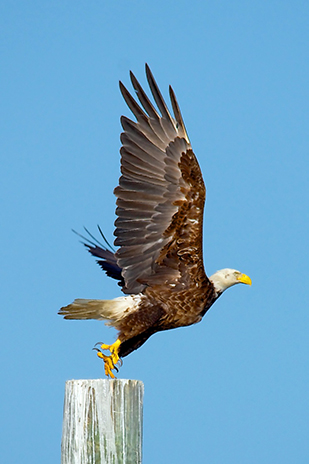
Ecologists also appreciate the economic benefits of birding while pointing out that it creates habitat conservation awareness, enhances feelings of connectivity to the natural world and even improves our health.
Bald Eagle - Waveland Beach, photo by P. Chris Cristofferson Fortunately for both camps, Mississippi’s coastline provides a popular winter haven for northern bird species, especially shore birds. Tens of thousands make their way to our beachfronts, bays, and bayous each year.
Now, a remarkable online guide makes bird-watching along the Mississippi coast easy and exciting. Thanks to the Pascagoula River Audubon Center and its partners, the Mississippi Coastal Birding Trail website brings together every imaginable resource to make a bird-watching experience enjoyable for both novice and veteran enthusiasts.
The six southernmost counties of Misssisppi are included in the birding trail. Each has its own trail map. Hancock County’s map boasts nine different prime birding areas, ranging from McLeod Water Park in Kiln to the Ansley Preserve, in the southwestern part of the county. The Beach Boulevard Scenic Byway, which runs 13 miles, features four different sites - all with easy access.
Each birding site has its own unique web page. Symbolic keys convey critical info, so birders can find out in advance if there are restaurants and lodging nearby, or if it’s possible to fish, swim, camp or launch a kayak at the site. GPS coordinates are given for worry-free way-finding. Well written text includes details about the location and hints to increase sightings. Snowy Egret - Waveland Beach, photo by P. Chris Christofferson The page also gives the times of year best for birding at that particular site and lists the most-sought after species that might be spotted there. The website’s menu also has a Most Sought Species page, which shows pictures of birds to help beginners with identification. Birding sites are even cross-referenced beneath the photos, so you know where to head if you’re seeking a particular bird.
Of course, the Cedar Point Boat launch in Bay St. Louis is a one of the primary sites. The birding trail website lists this spot as a year-round birding destination and most locals would agree. The Jourdan River feeds into the bay there, so it's long been a favorite place for wildlife watching. It’s common to see humans and herons fishing side by side on the seawall, relaxed companions for the day.
If you’ve never spent time “birding” before, you’ll soon learn what experienced bird-watchers know best: even if an “expedition” doesn’t turn up any exciting sightings, bird-watching provides yet another reason to spend time surrounded by our extraordinary coastal beauty.
If you’re new to birding, read our tips for beginning birders below. Also, novice and experienced birders are invited to participate in the national Christmas Bird Count held annually. Learn how to participate in our sidebar article!
Look for more articles here in the future as we explore the individual sites with Waveland wildlife photographer P. Chris Christofferson. You can find Chris’s work at Gallery 220 (220 Main Street) in Bay St. Louis.
Categories
All
15 Minutes
Across The Bridge
Aloha Diamondhead
Antiques
Architecture
Art
Arts Alive
Arts Locale
At Home In The Bay
Bay Bride
Bay Business
Bay Reads
Bay St. Louis
Beach To Bayou
Beach-to-bayou
Beautiful Things
Benefit
Big Buzz
Boats
Body+Mind+Spirit
Books
BSL Council Updates
BSL P&Z
Business
Business Buzz
Casting My Net
Civics
Coast Cuisine
Coast Lines Column
Day Tripping
Design
Diamondhead
DIY
Editors Notes
Education
Environment
Events
Fashion
Food
Friends Of The Animal Shelter
Good Neighbor
Grape Minds
Growing Up Downtown
Harbor Highlights
Health
History
Honor Roll
House And Garden
Legends And Legacies
Local Focal
Lodging
Mardi Gras
Mind+Body+Spirit
Mother Of Pearl
Murphy's Musical Notes
Music
Nature
Nature Notes
New Orleans
News
Noteworthy Women
Old Town Merchants
On The Shoofly
Parenting
Partner Spotlight
Pass Christian
Public Safety
Puppy-dog-tales
Rheta-grimsley-johnson
Science
Second Saturday
Shared History
Shared-history
Shelter-stars
Shoofly
Shore Thing Fishing Report
Sponsor Spotlight
Station-house-bsl
Talk Of The Town
The Eyes Have It
Tourism
Town Green
Town-green
Travel
Tying-the-knot
Video
Vintage-vignette
Vintage-vignette
Waveland
Weddings
Wellness
Window-shopping
Wines-and-dining
Archives
April 2024
March 2024
June 2023
March 2023
February 2023
January 2023
December 2022
November 2022
October 2022
September 2022
August 2022
July 2022
June 2022
May 2022
April 2022
March 2022
February 2022
January 2022
December 2021
November 2021
October 2021
September 2021
August 2021
July 2021
June 2021
May 2021
April 2021
March 2021
February 2021
January 2021
December 2020
November 2020
October 2020
September 2020
August 2020
July 2020
June 2020
May 2020
April 2020
March 2020
February 2020
January 2020
December 2019
November 2019
October 2019
September 2019
August 2019
July 2019
June 2019
May 2019
April 2019
March 2019
February 2019
January 2019
December 2018
November 2018
October 2018
September 2018
August 2018
July 2018
June 2018
May 2018
April 2018
March 2018
February 2018
January 2018
December 2017
November 2017
October 2017
September 2017
August 2017
July 2017
June 2017
May 2017
April 2017
March 2017
February 2017
January 2017
December 2016
November 2016
October 2016
September 2016
August 2016
July 2016
June 2016
May 2016
April 2016
March 2016
February 2016
January 2016
December 2015
November 2015
October 2015
September 2015
August 2015
July 2015
June 2015
May 2015
April 2015
March 2015
February 2015
January 2015
December 2014
November 2014
August 2014
January 2014
November 2013
August 2013
June 2013
March 2013
February 2013
December 2012
October 2012
September 2012
May 2012
March 2012
February 2012
December 2011
November 2011
October 2011
September 2011
August 2011
July 2011
June 2011

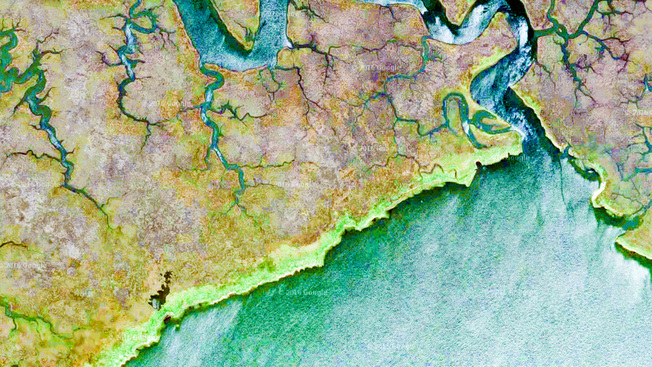
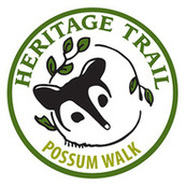
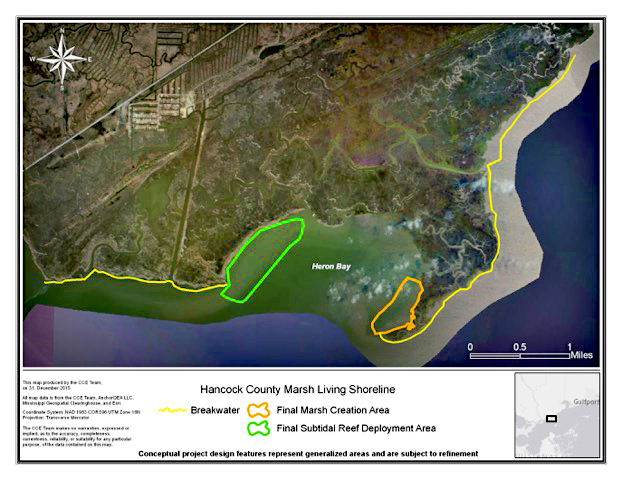
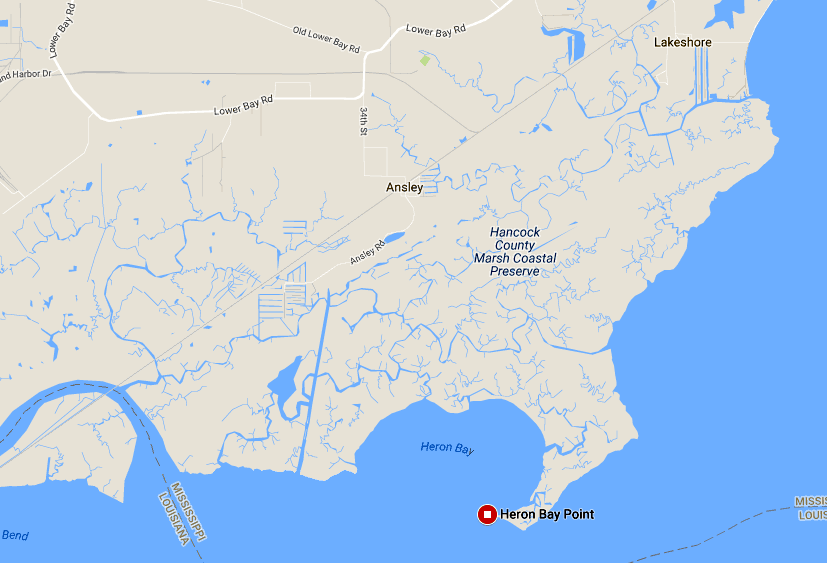
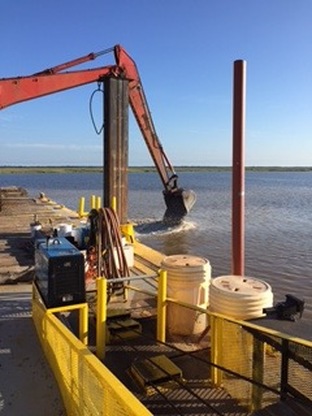
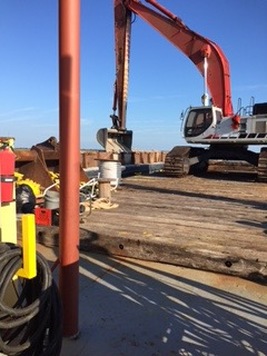
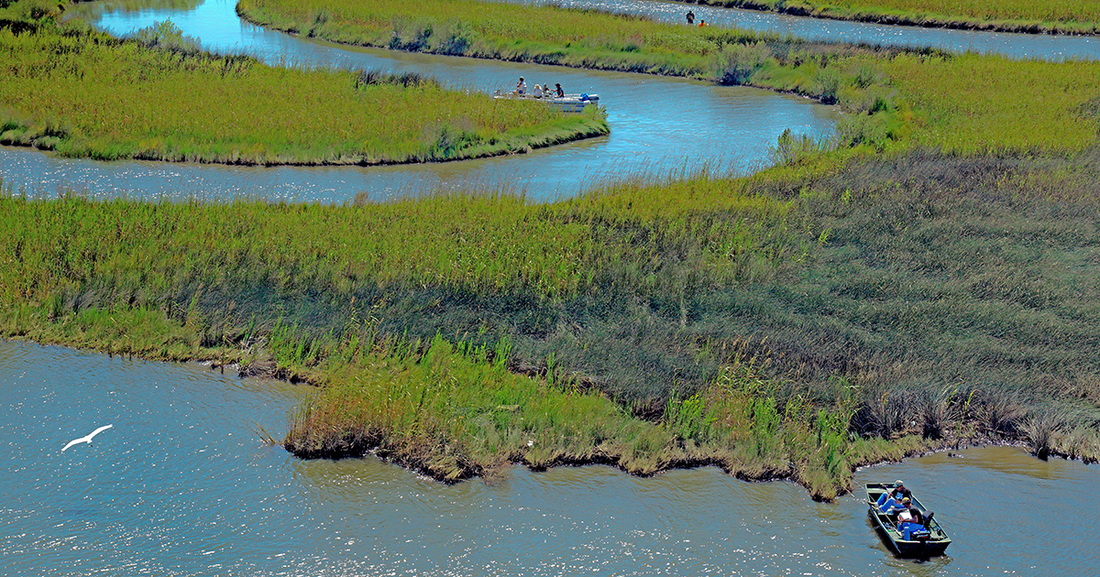
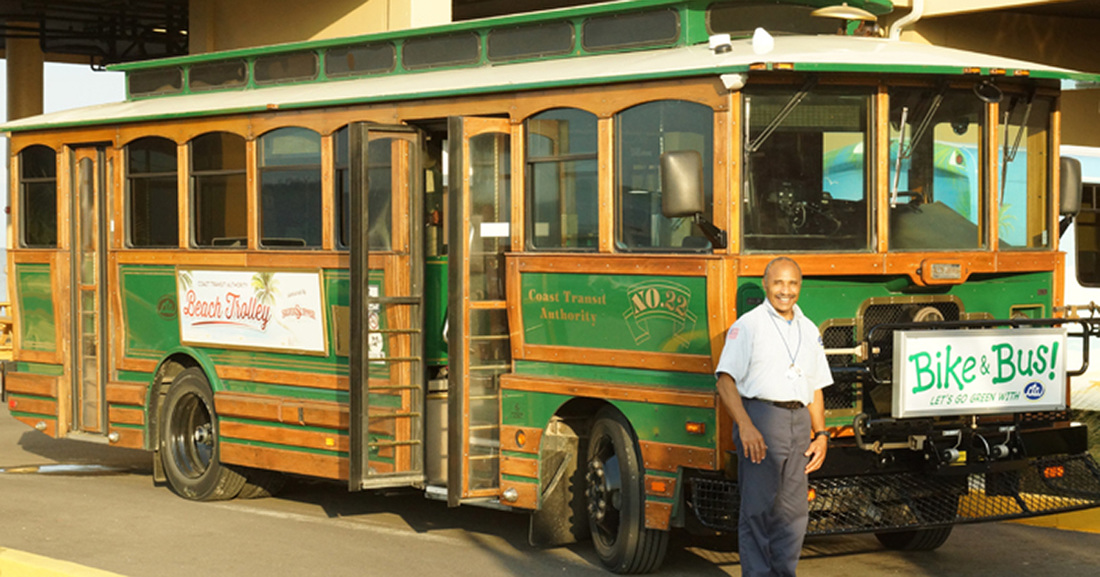
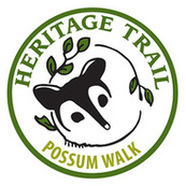
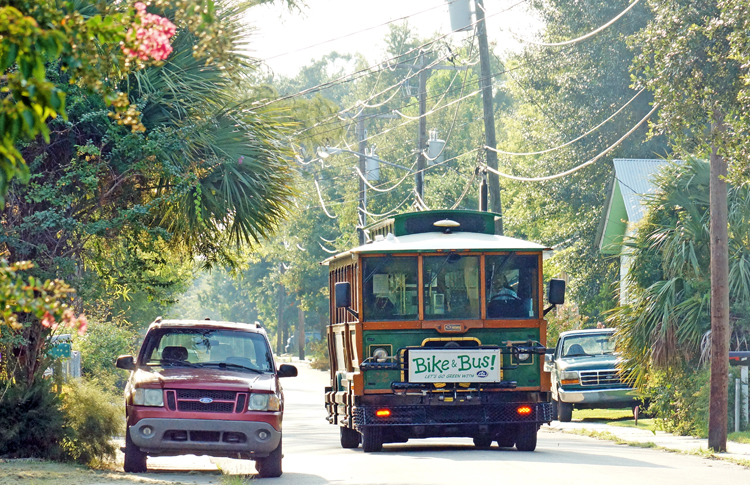
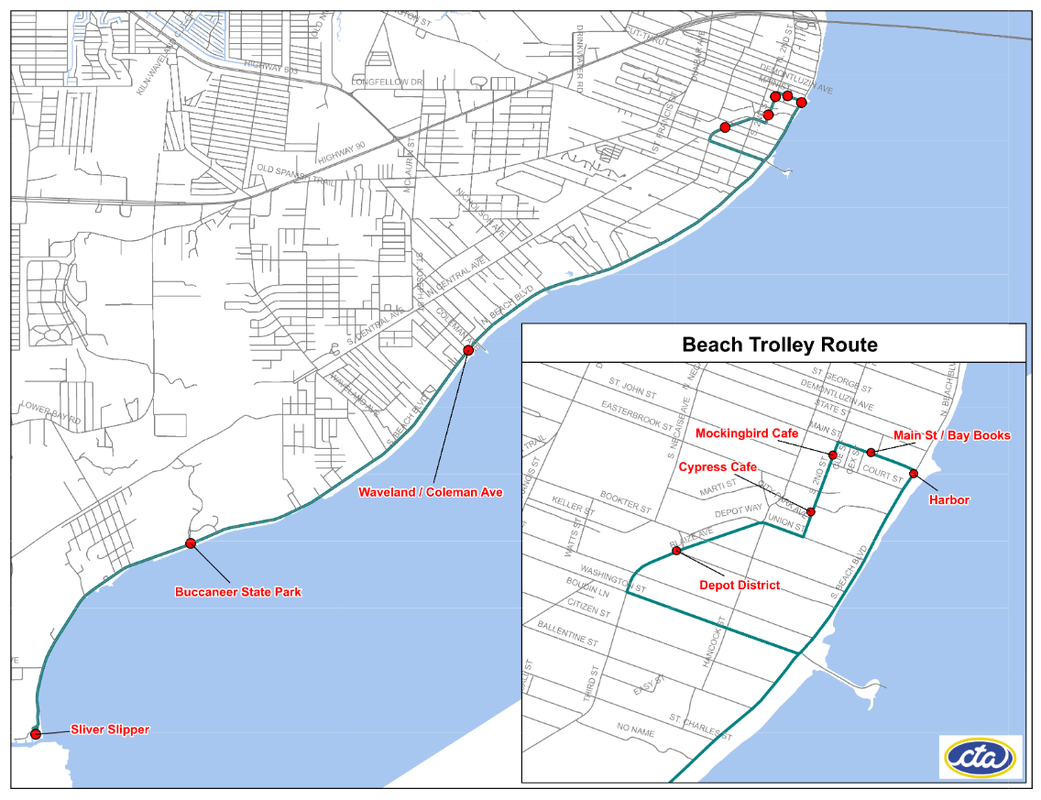
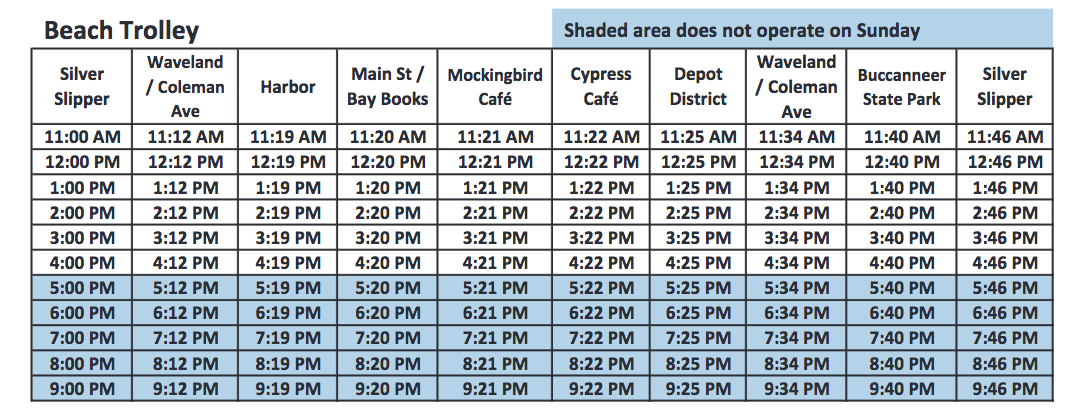
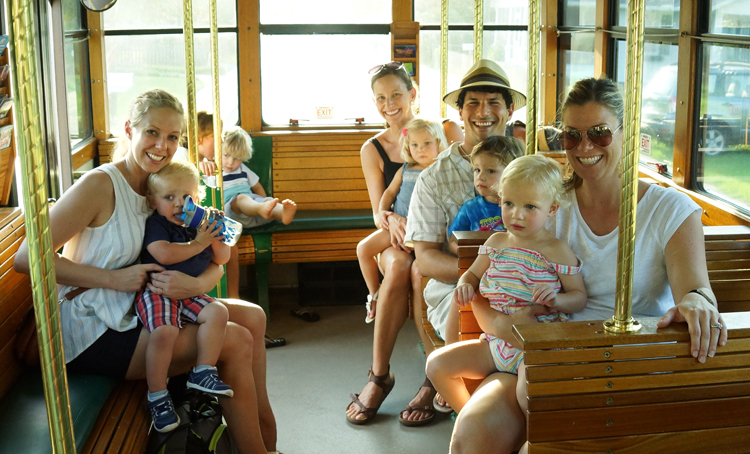
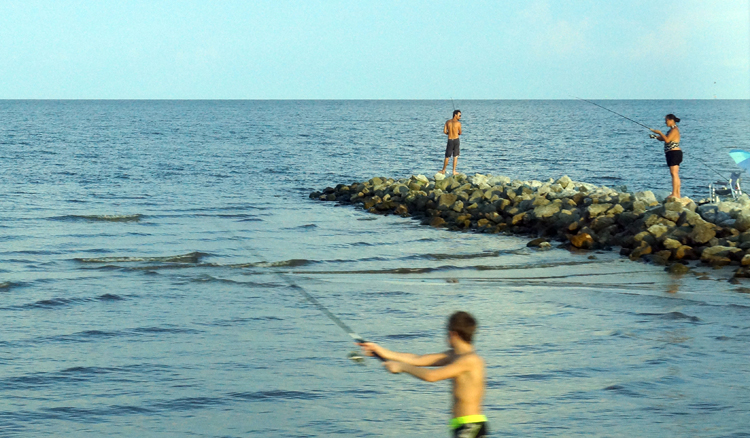
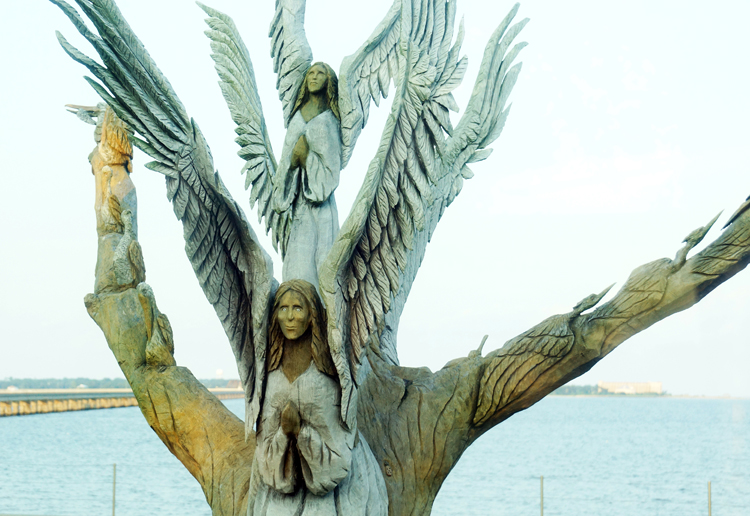
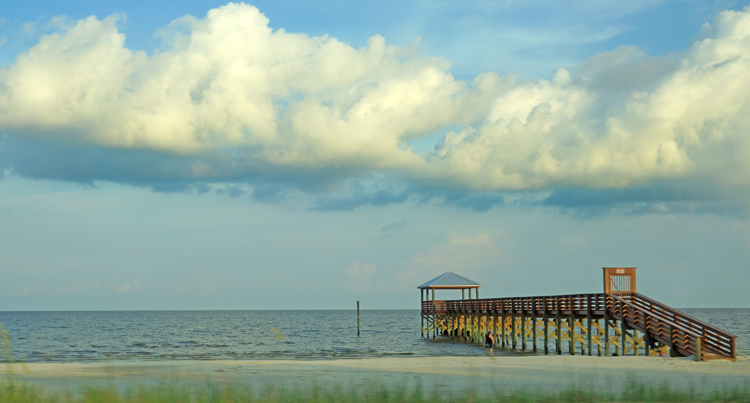
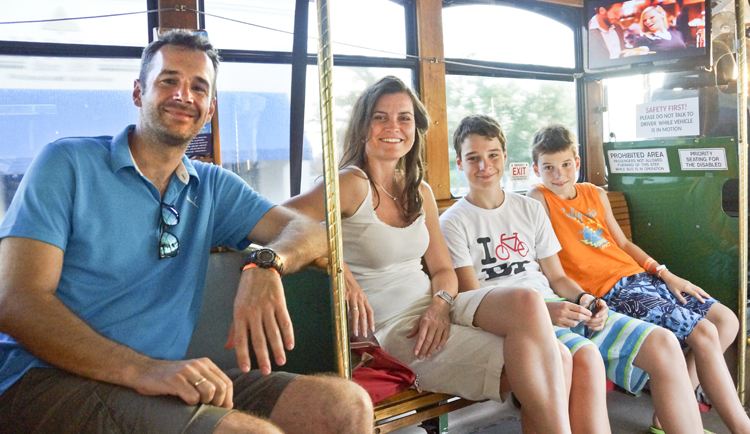
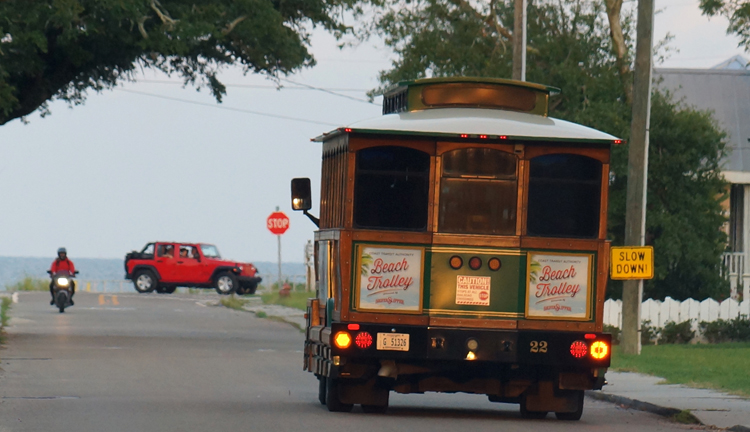
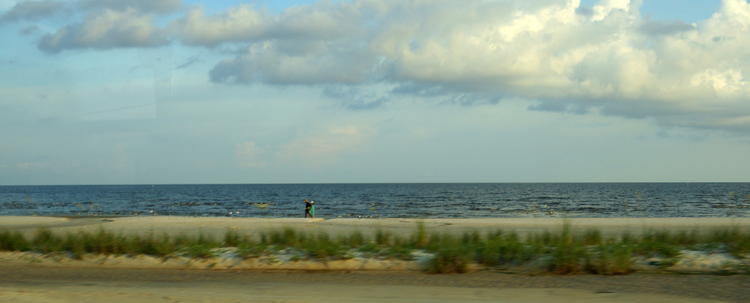
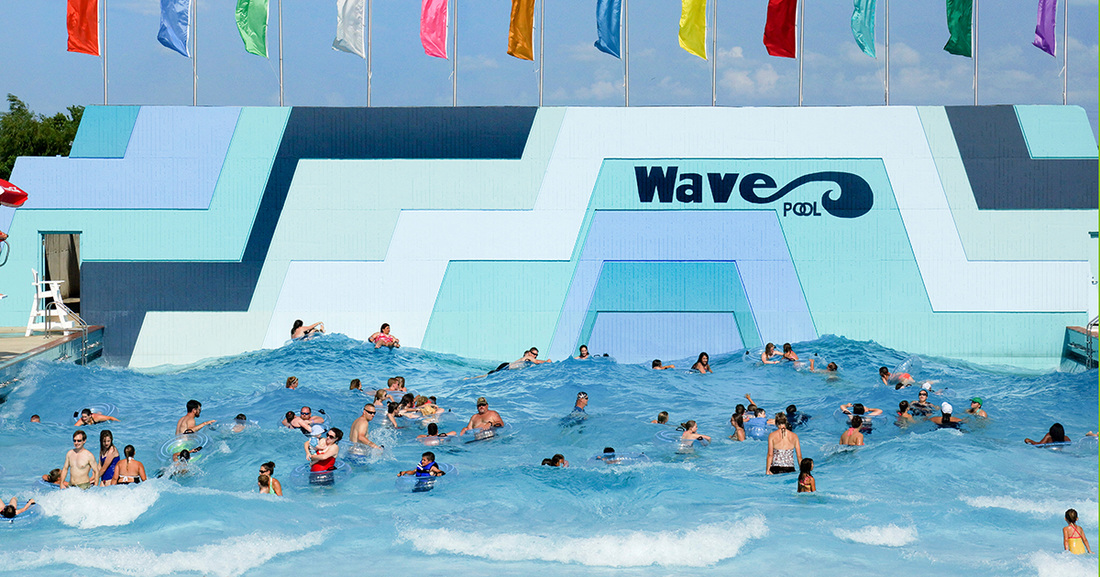
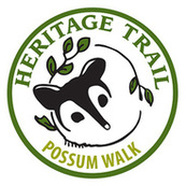
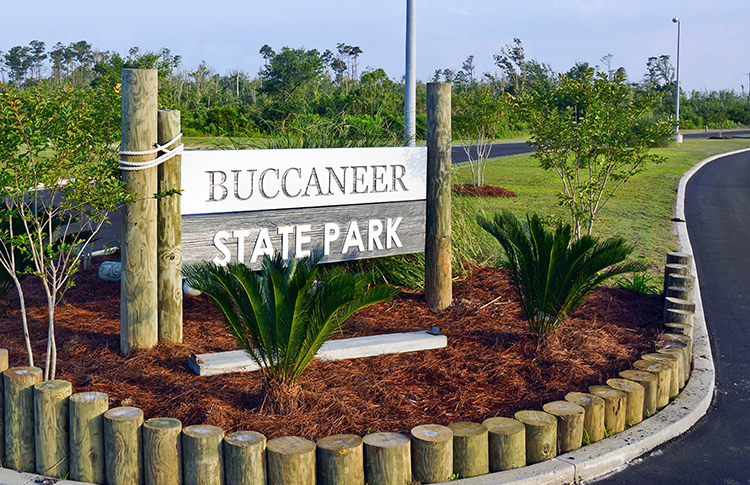
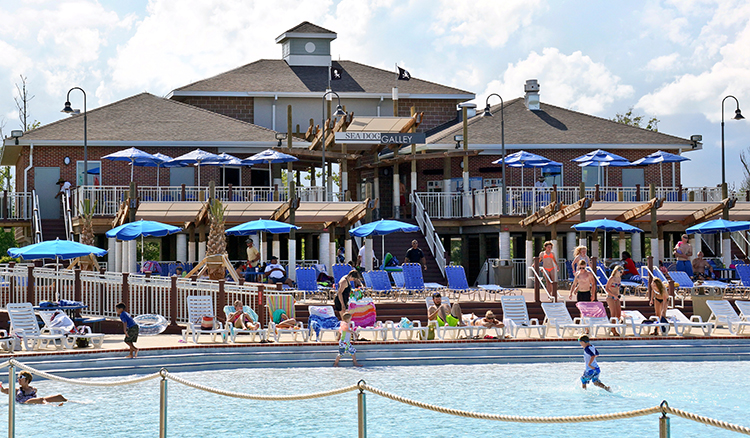
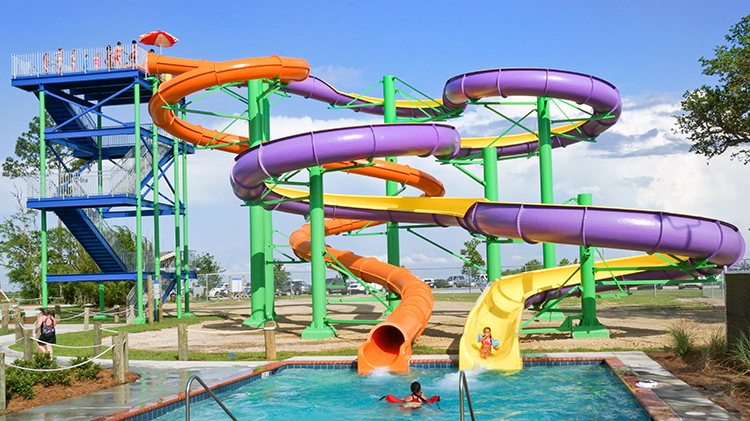
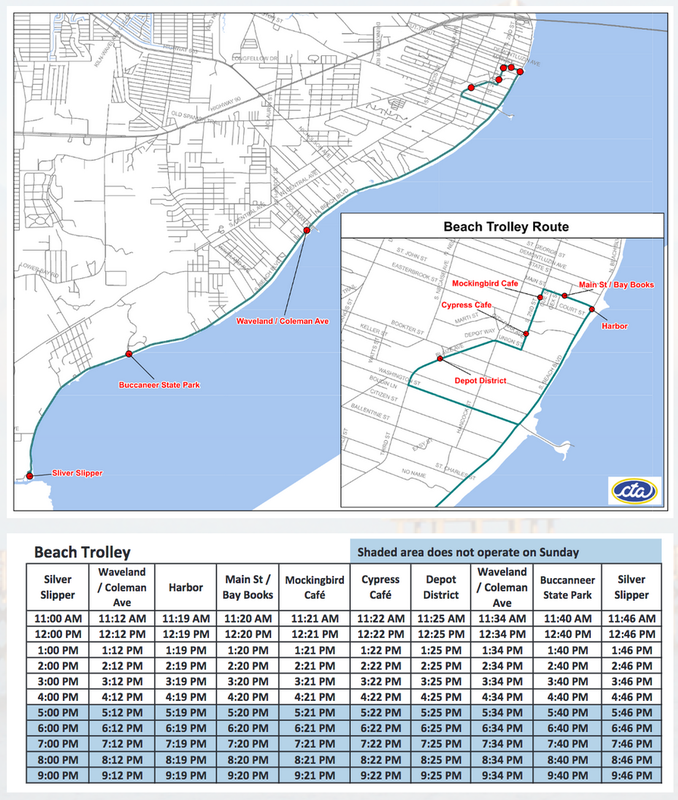
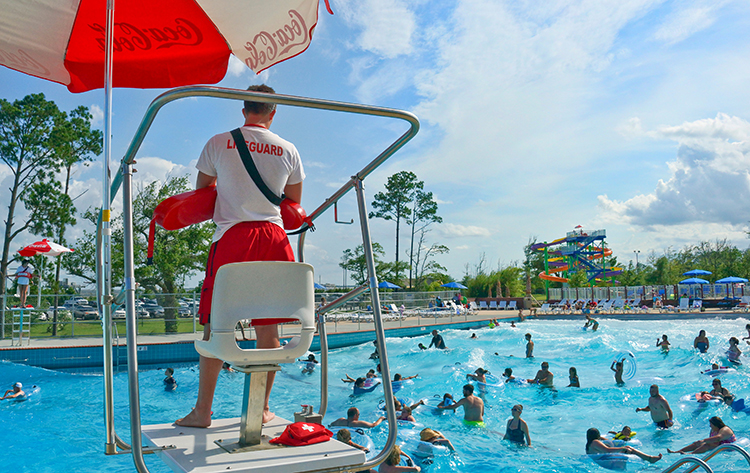
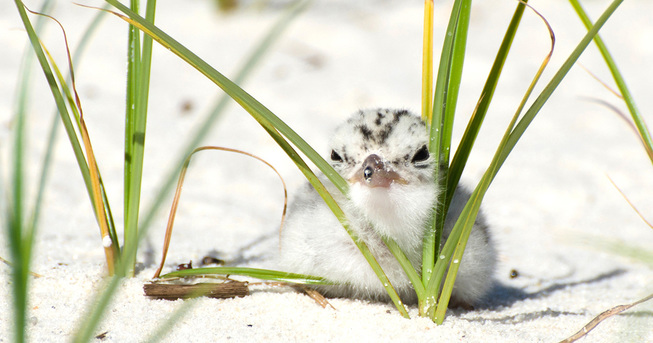
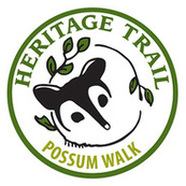
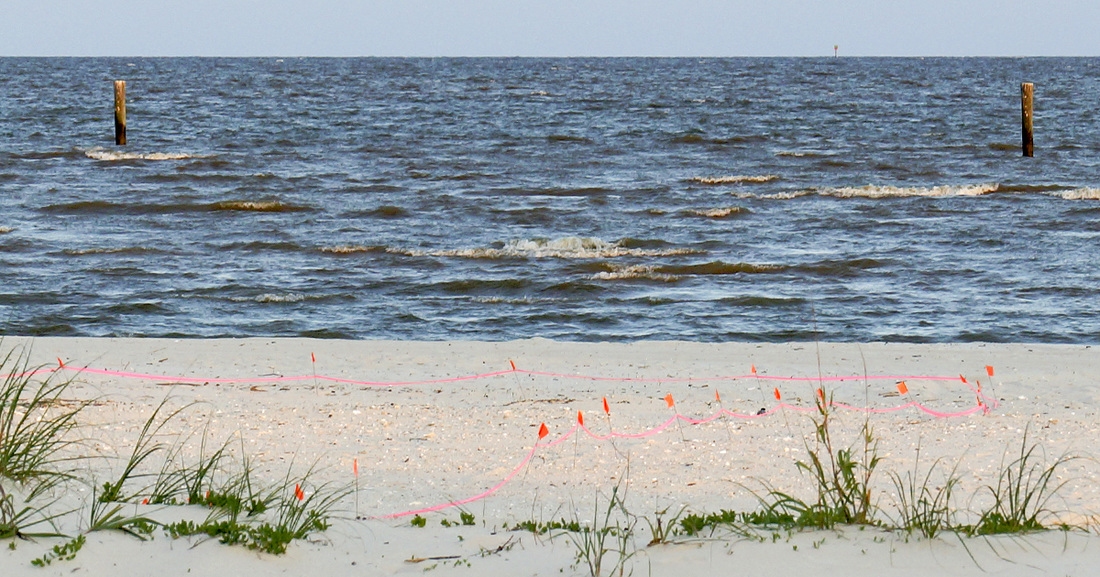
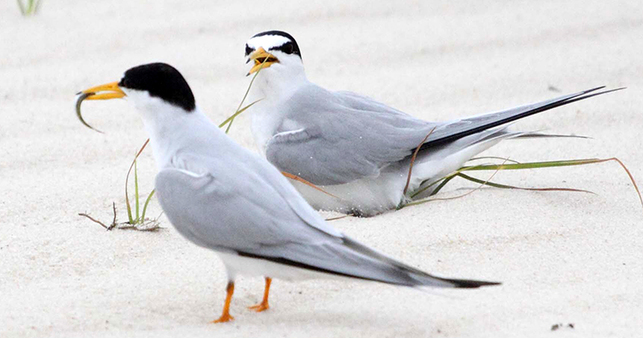
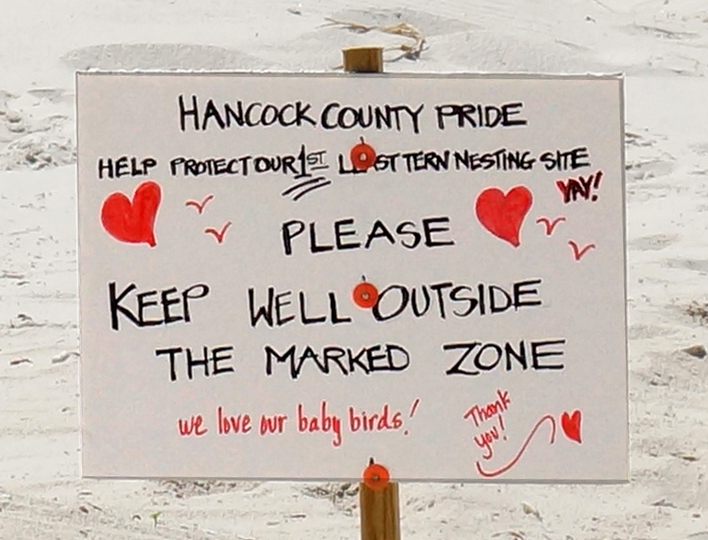
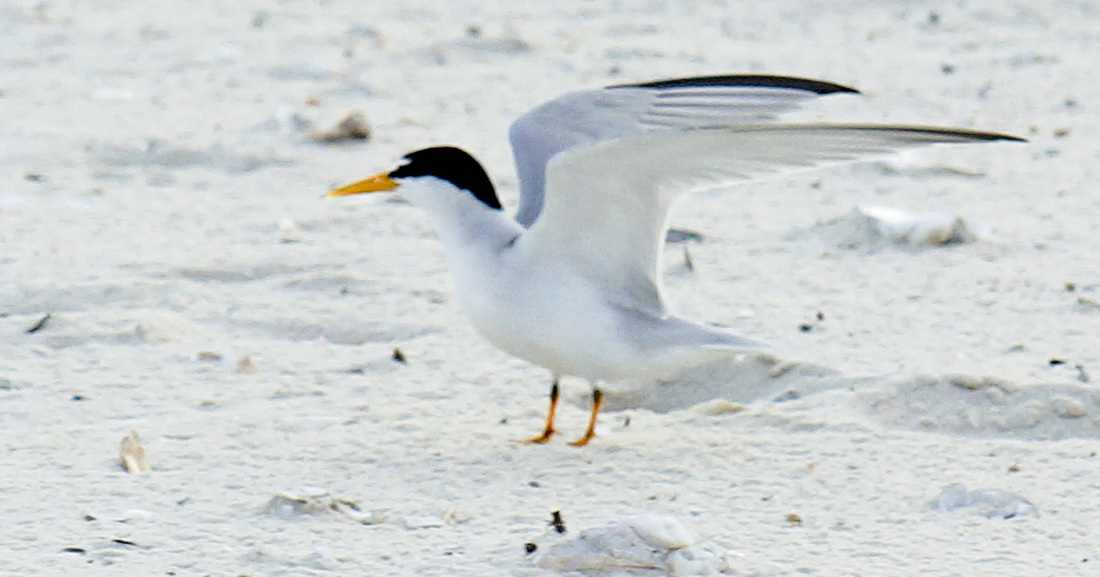
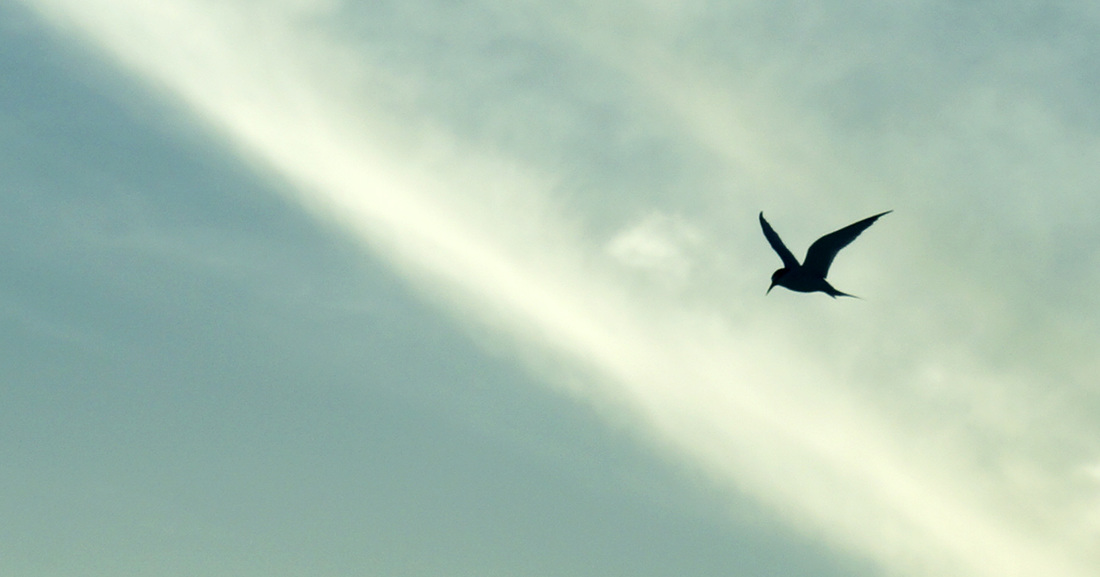
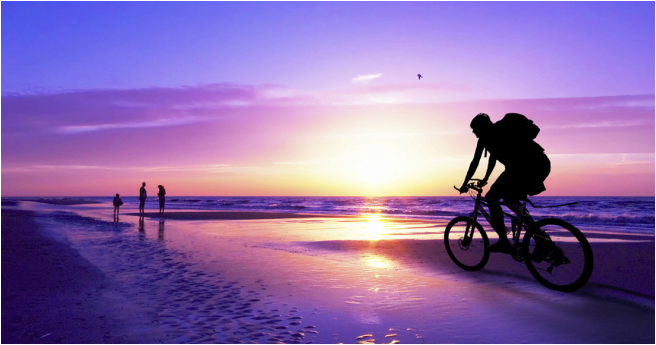
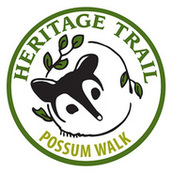
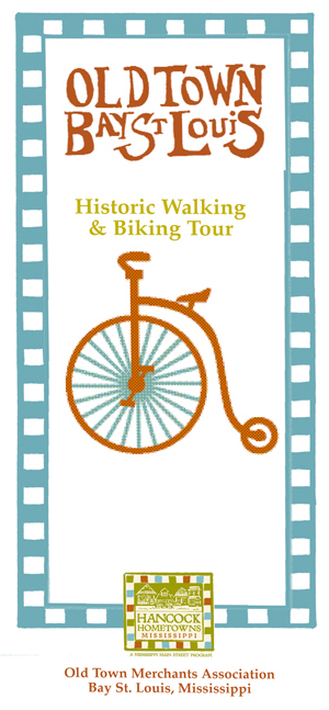
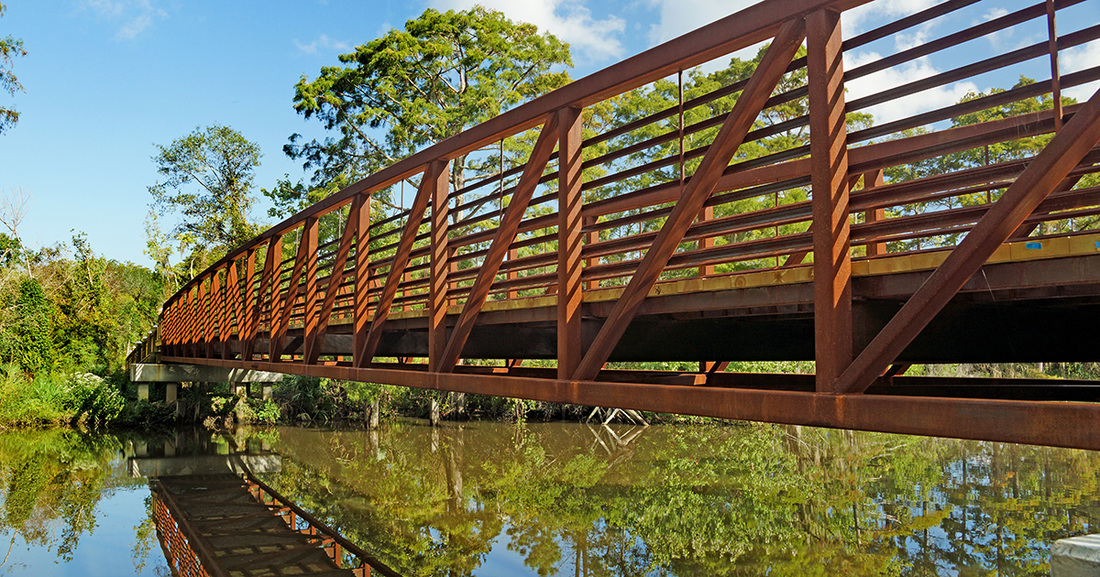
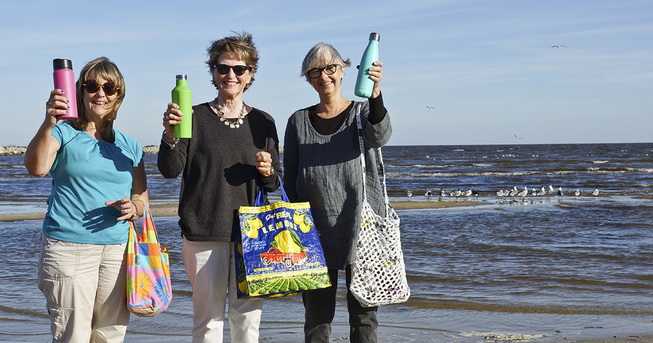
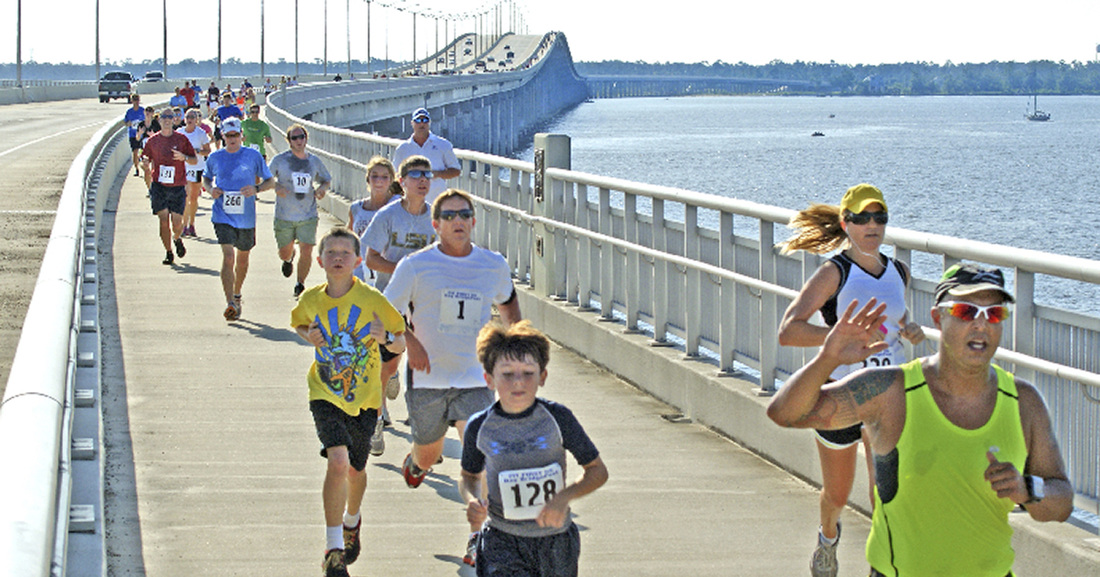
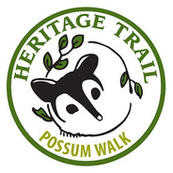
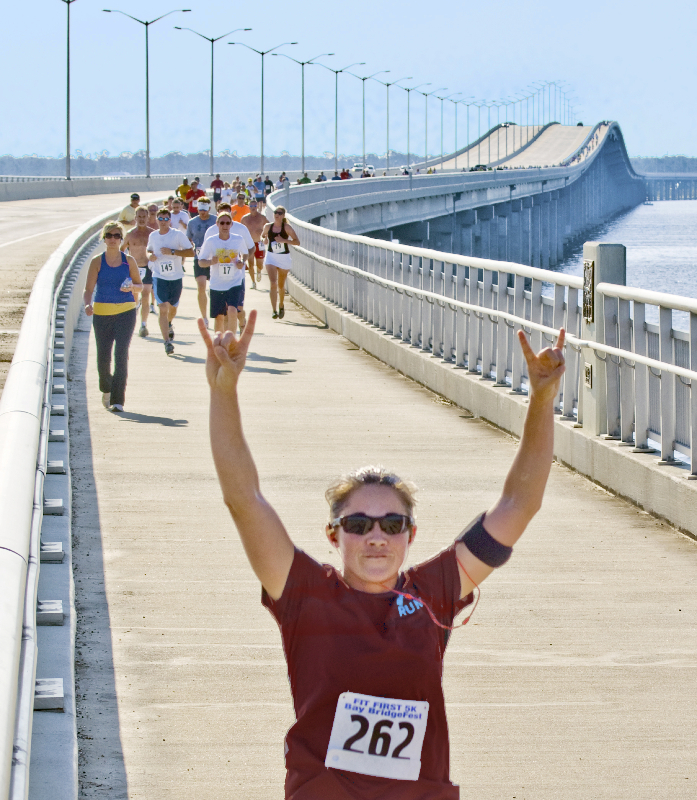
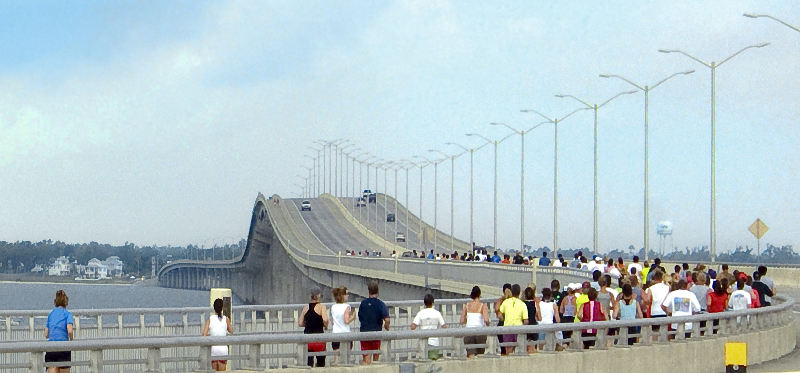
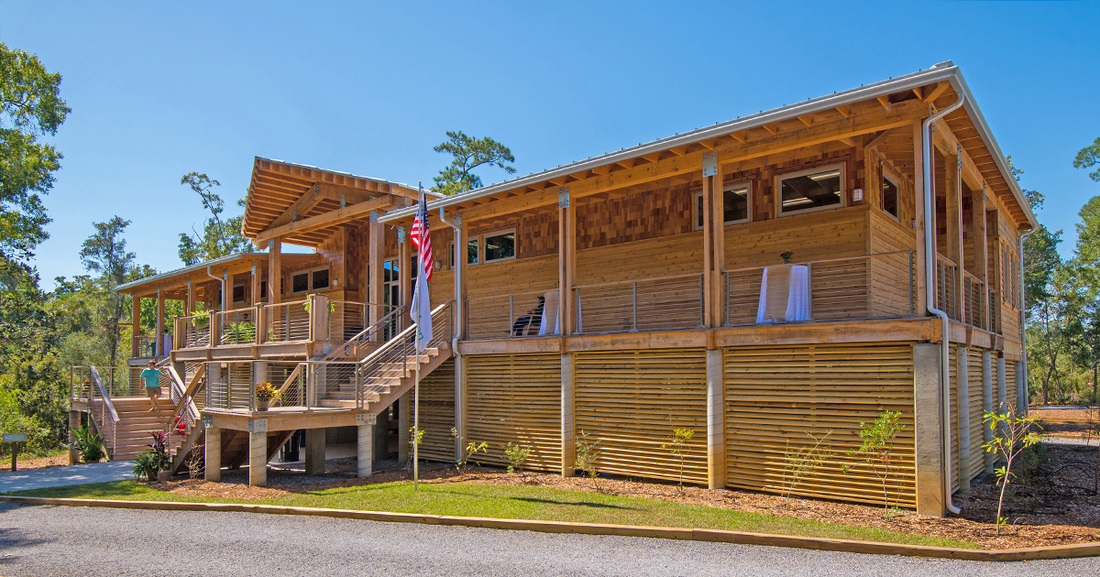
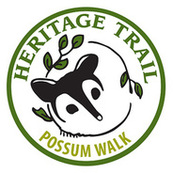
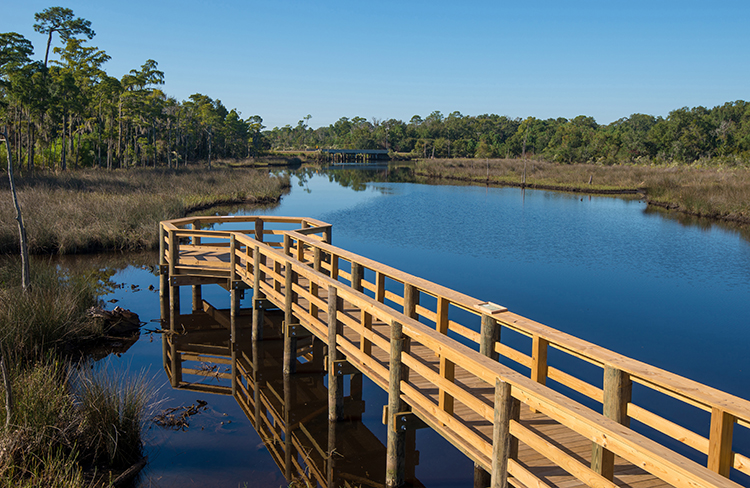
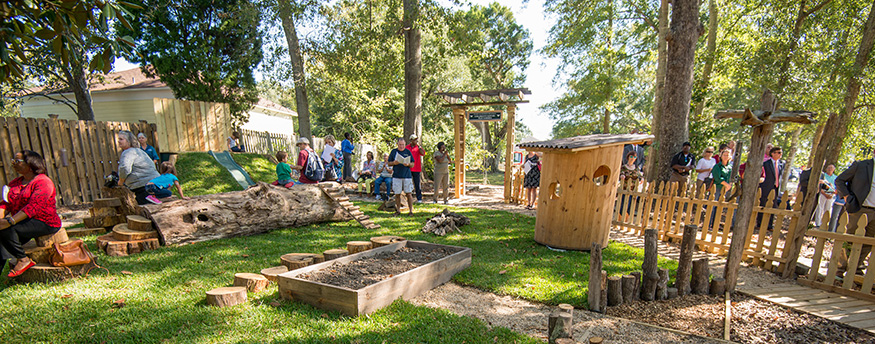
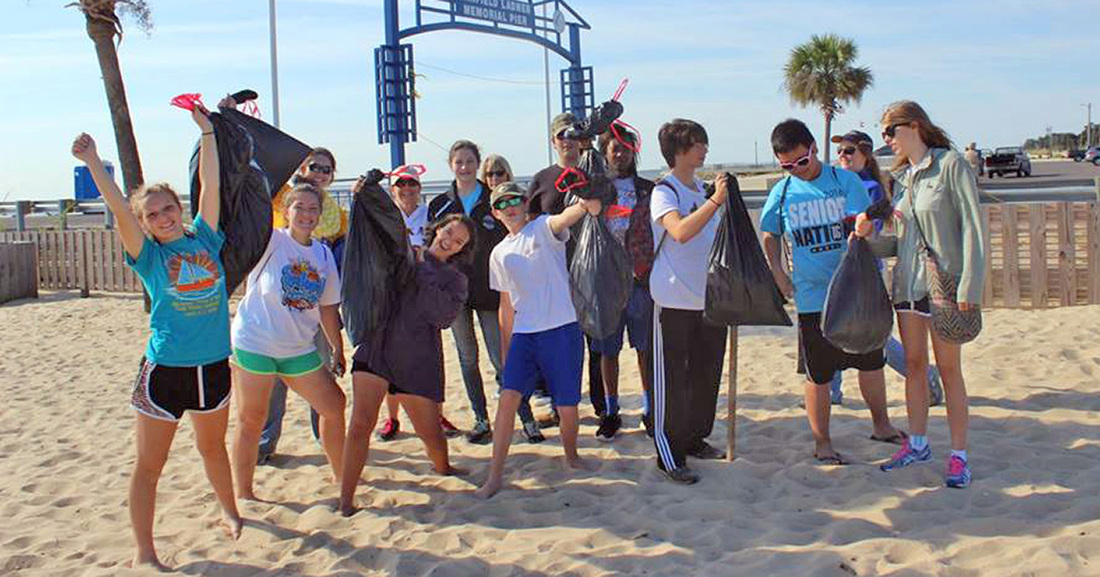
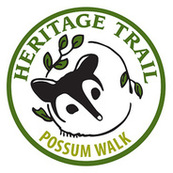
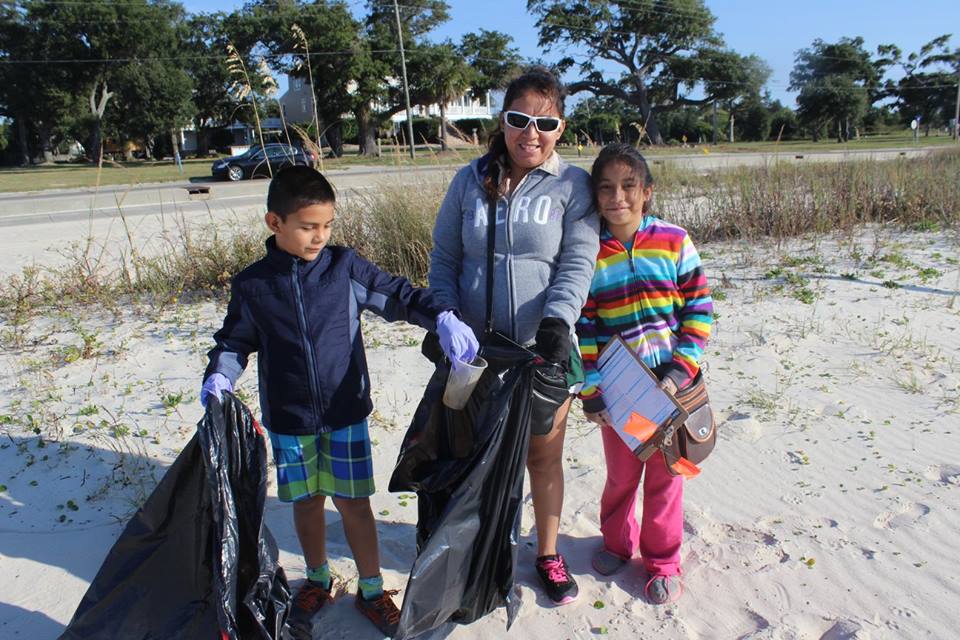
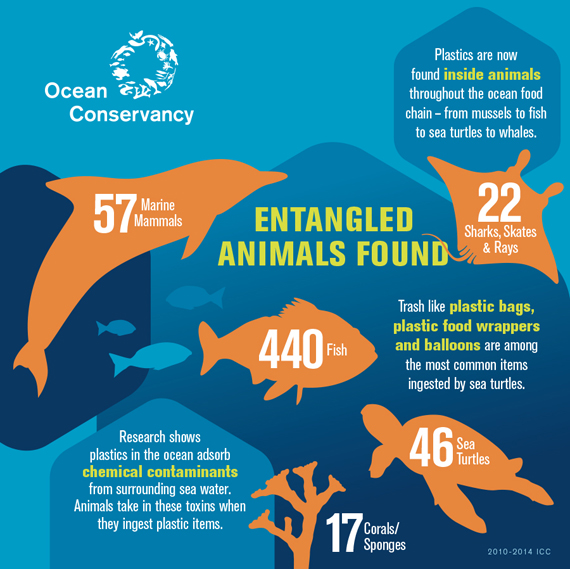
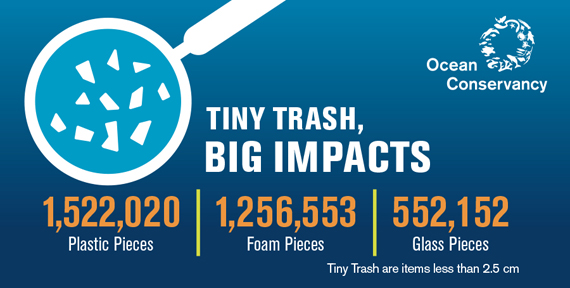
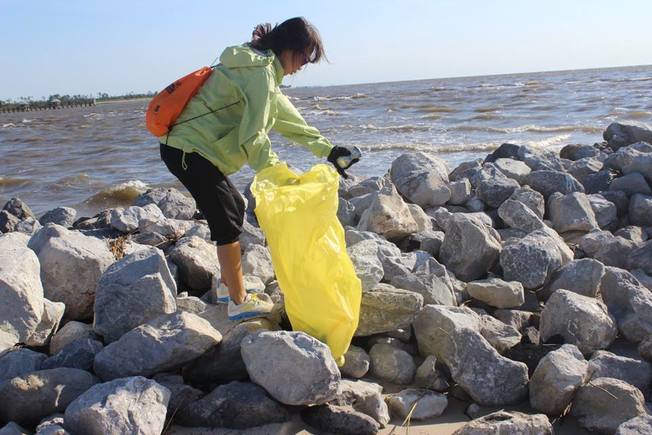
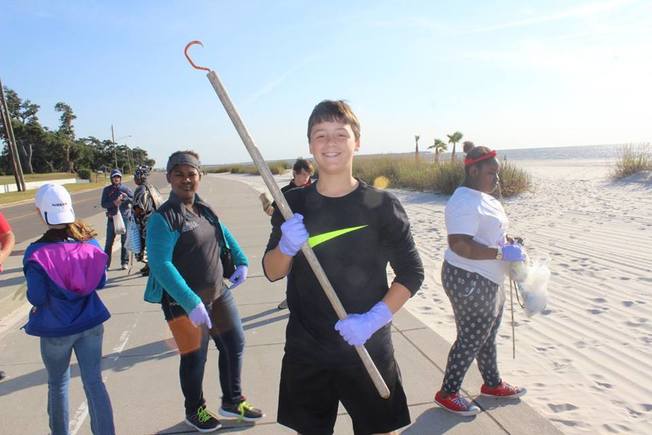
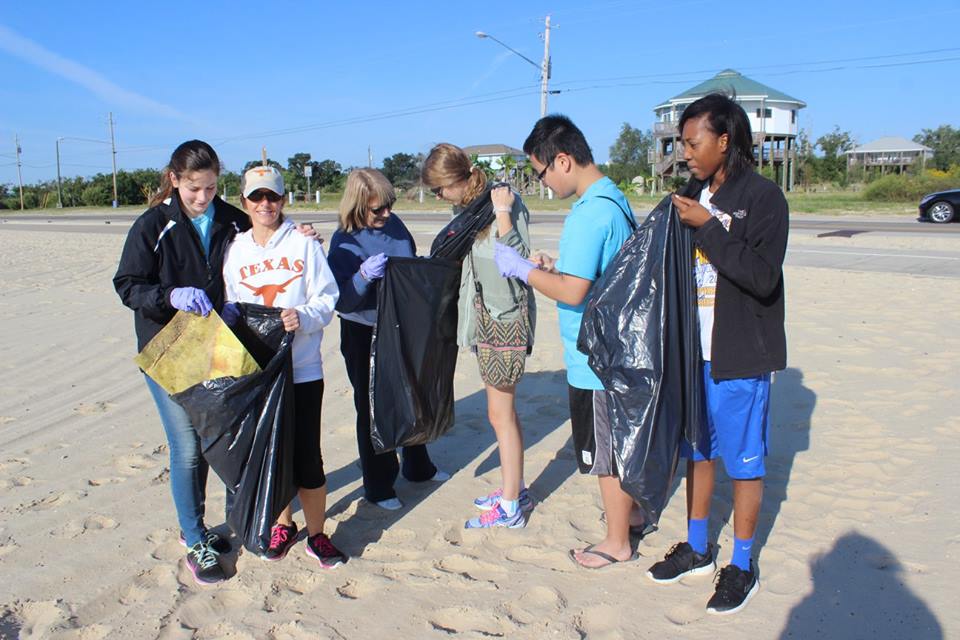
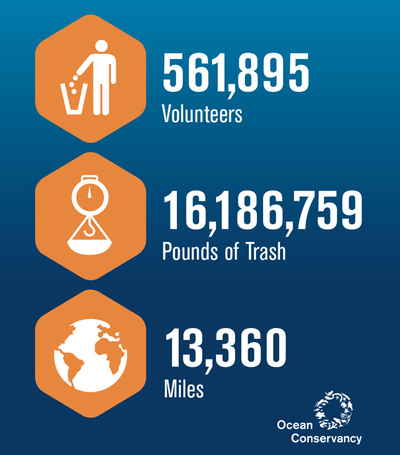
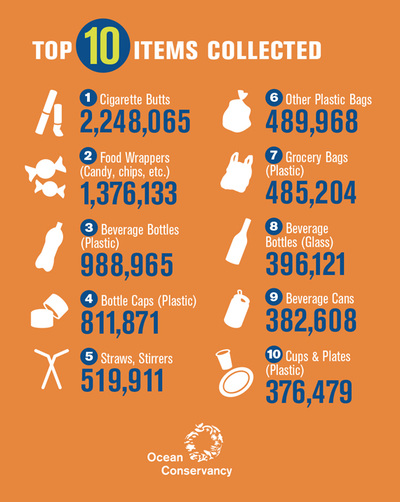
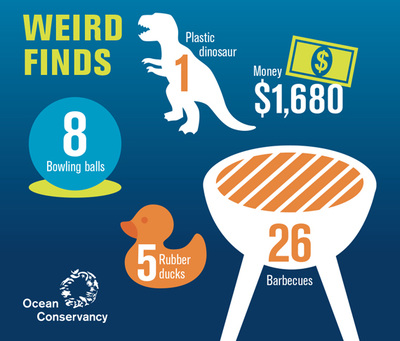
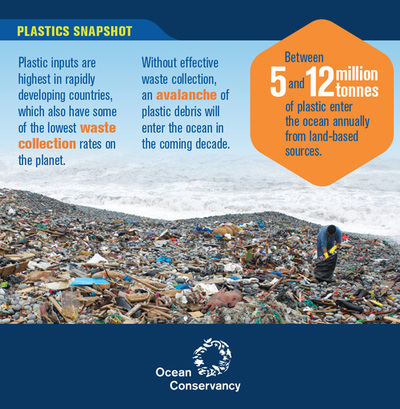
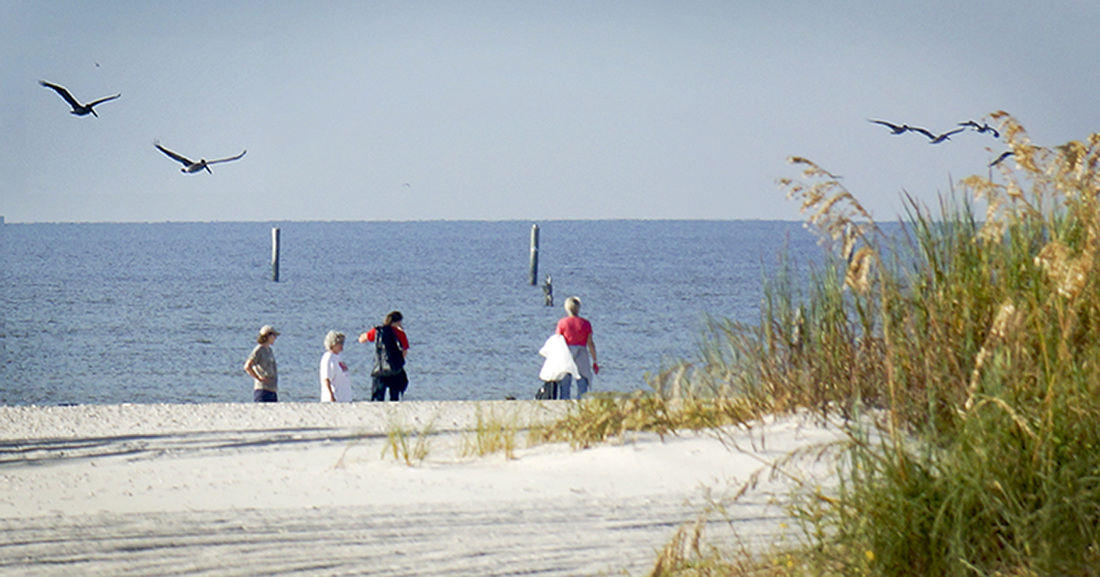
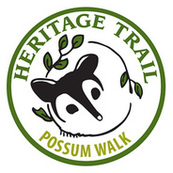
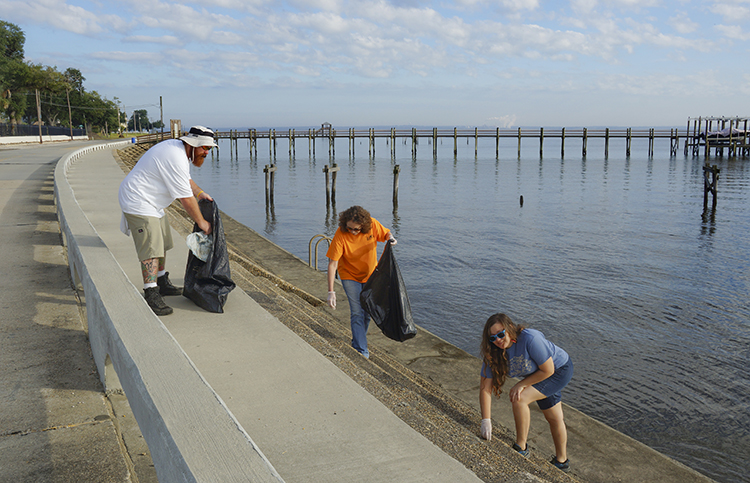
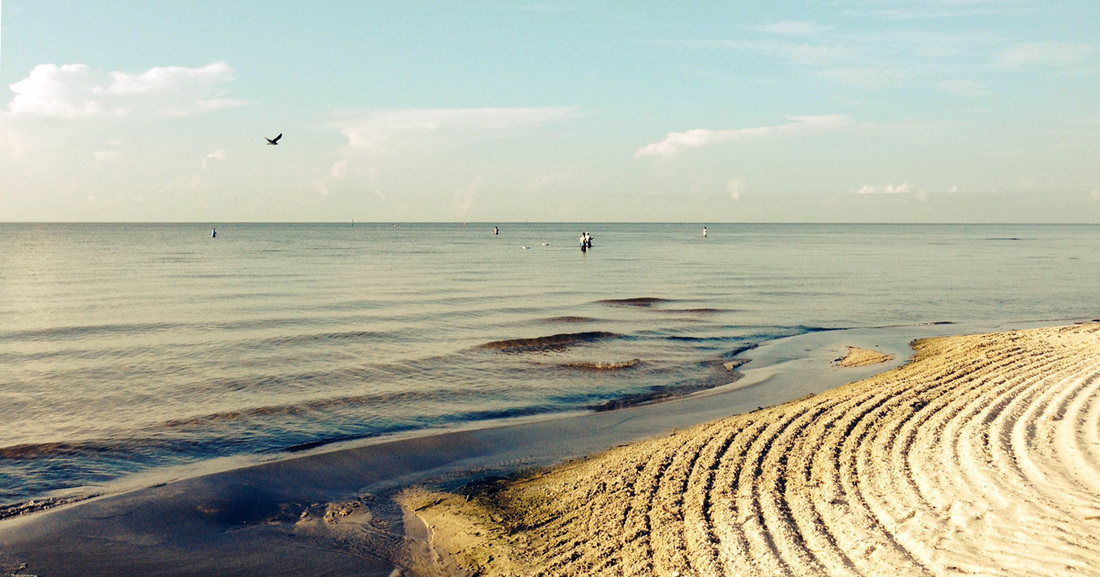
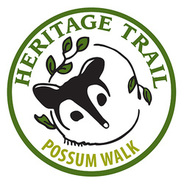
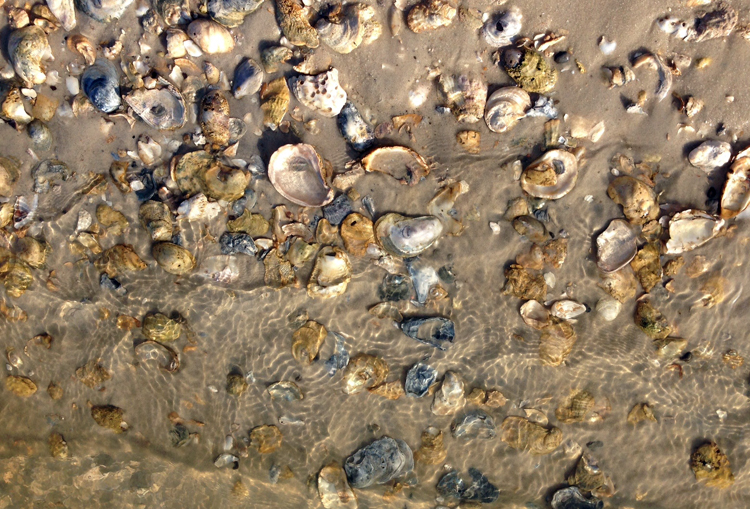
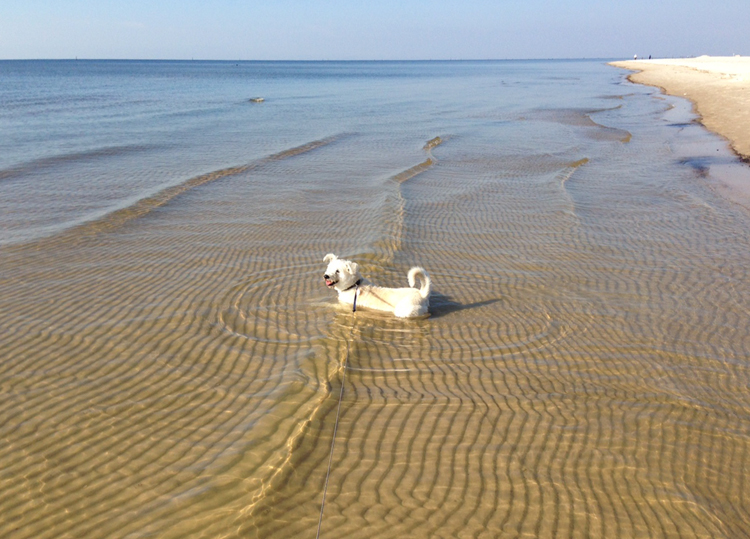
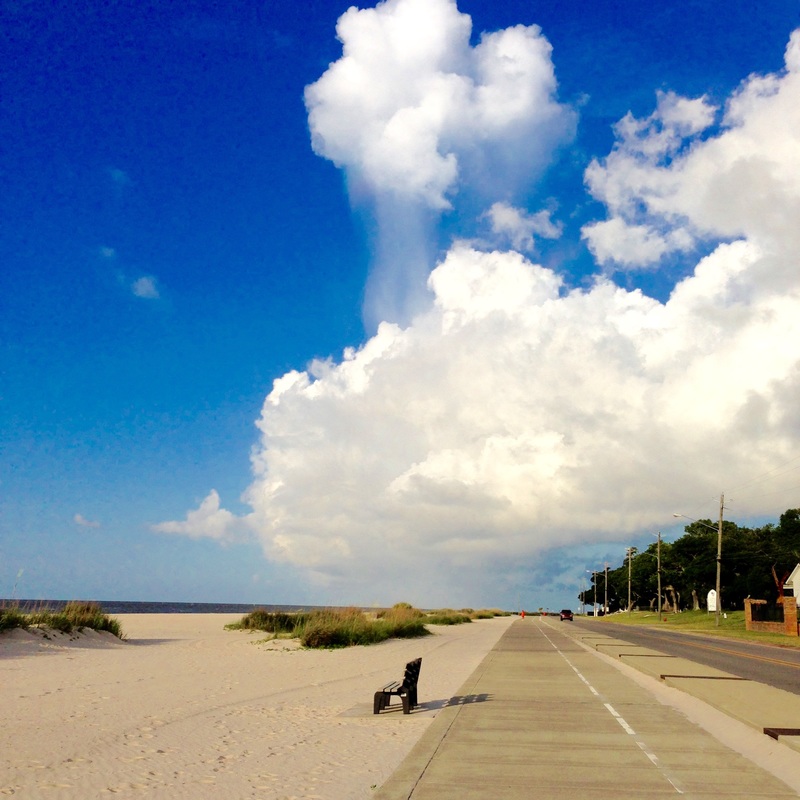
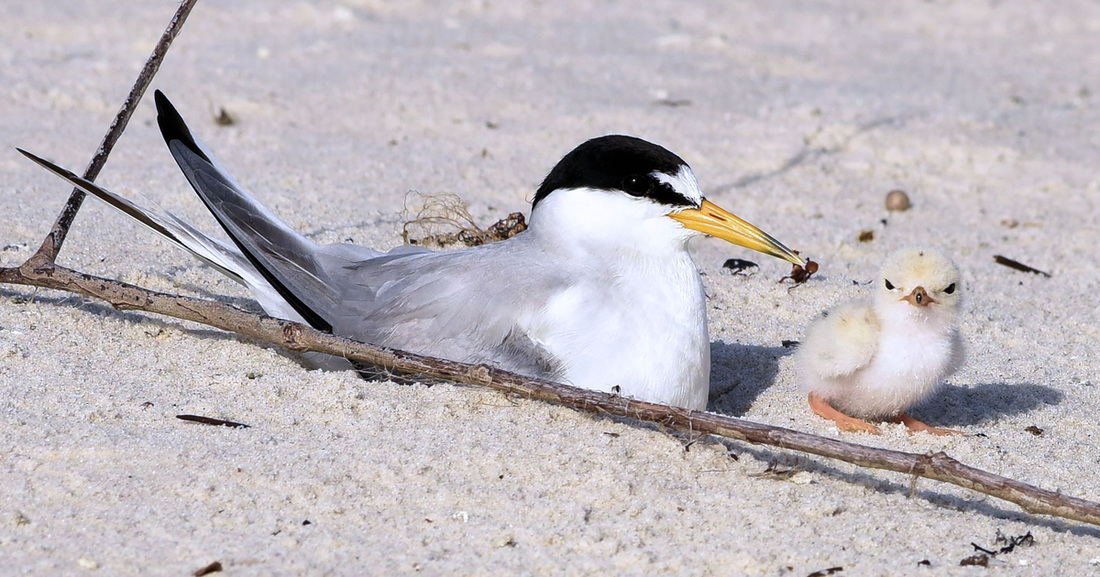
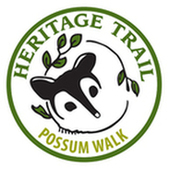
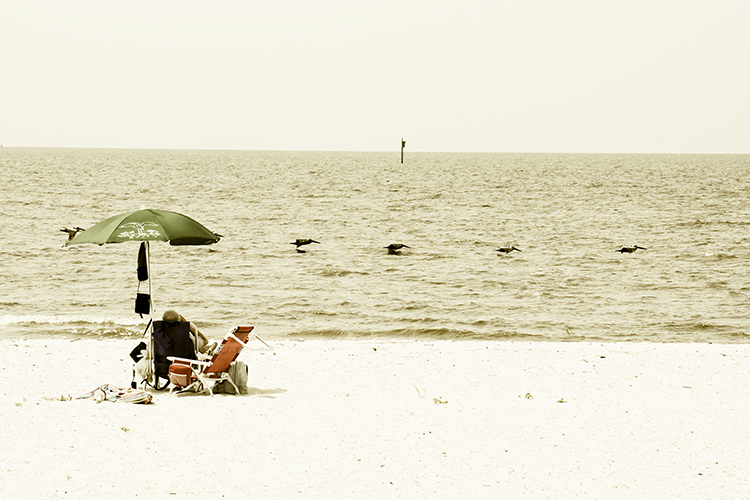
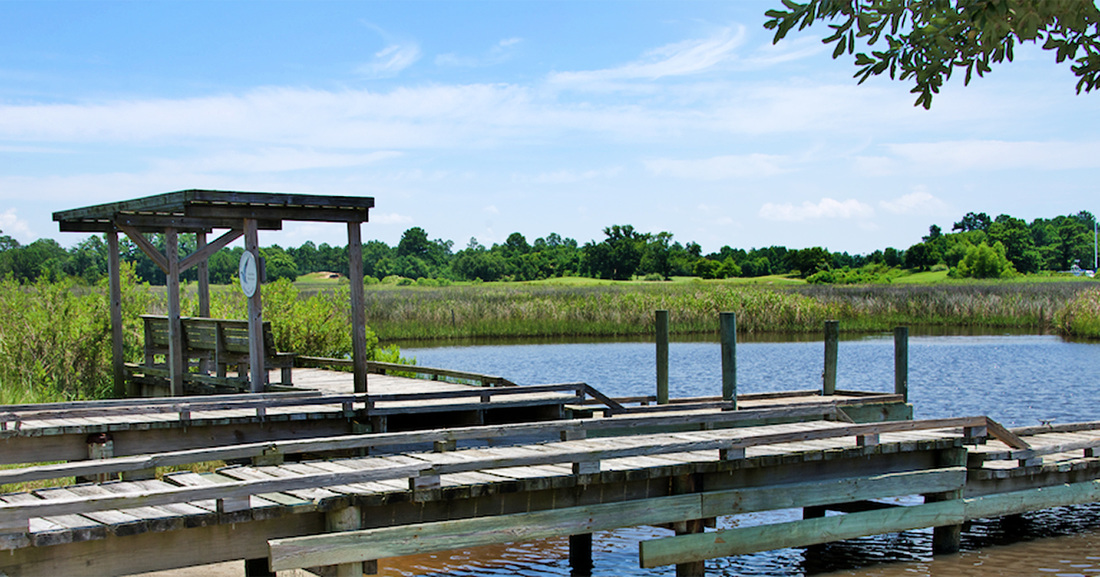
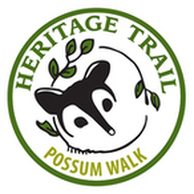
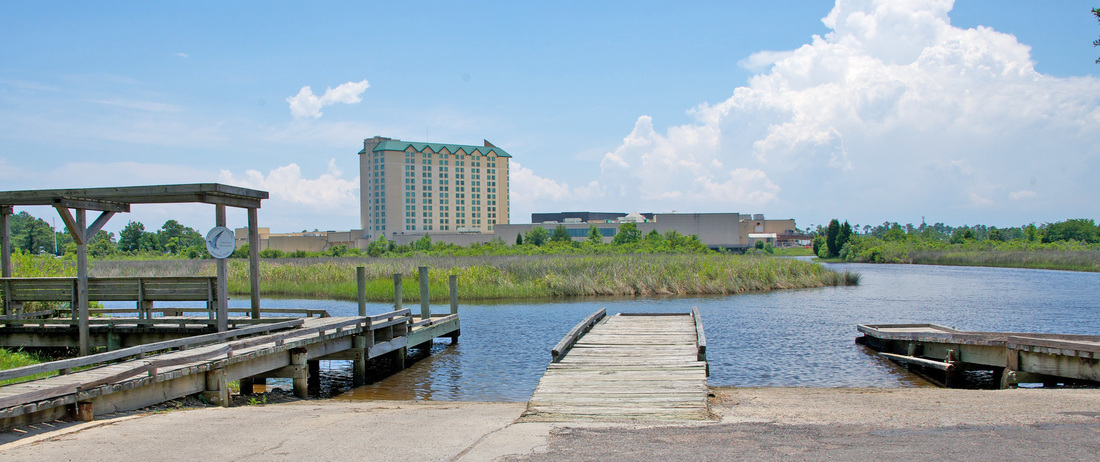
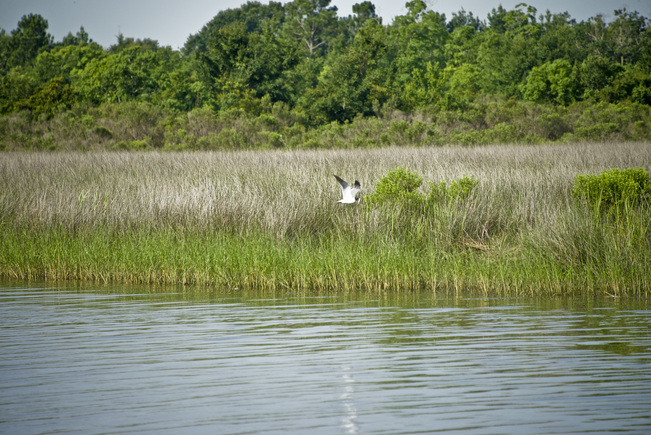
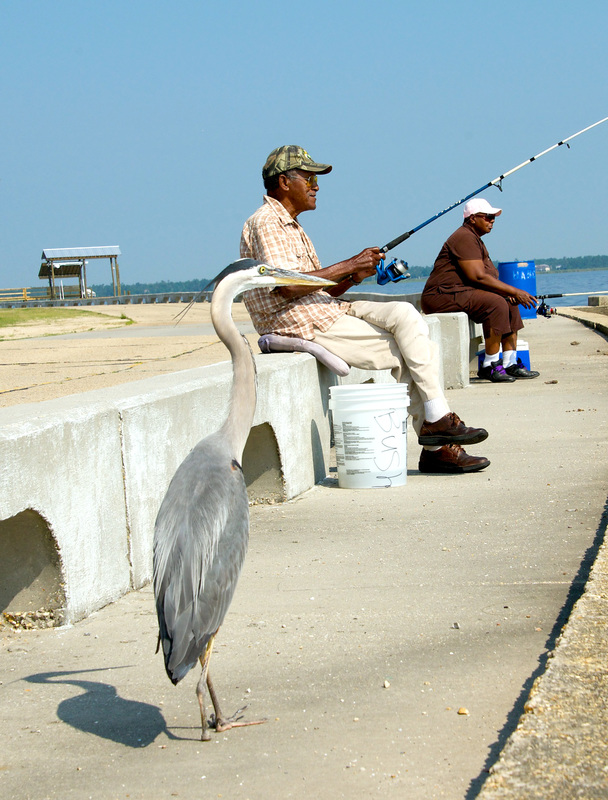
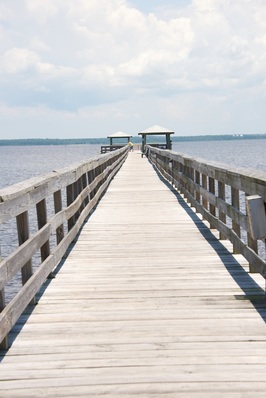
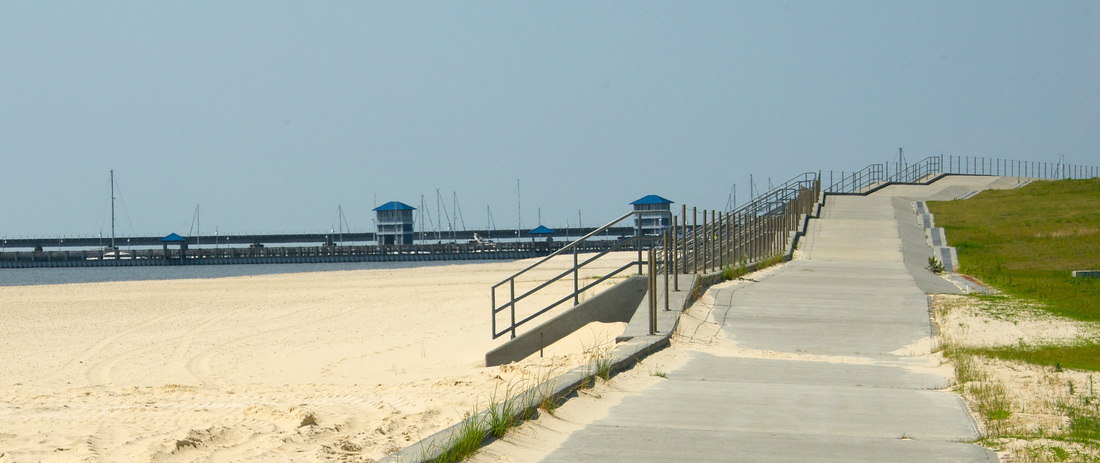
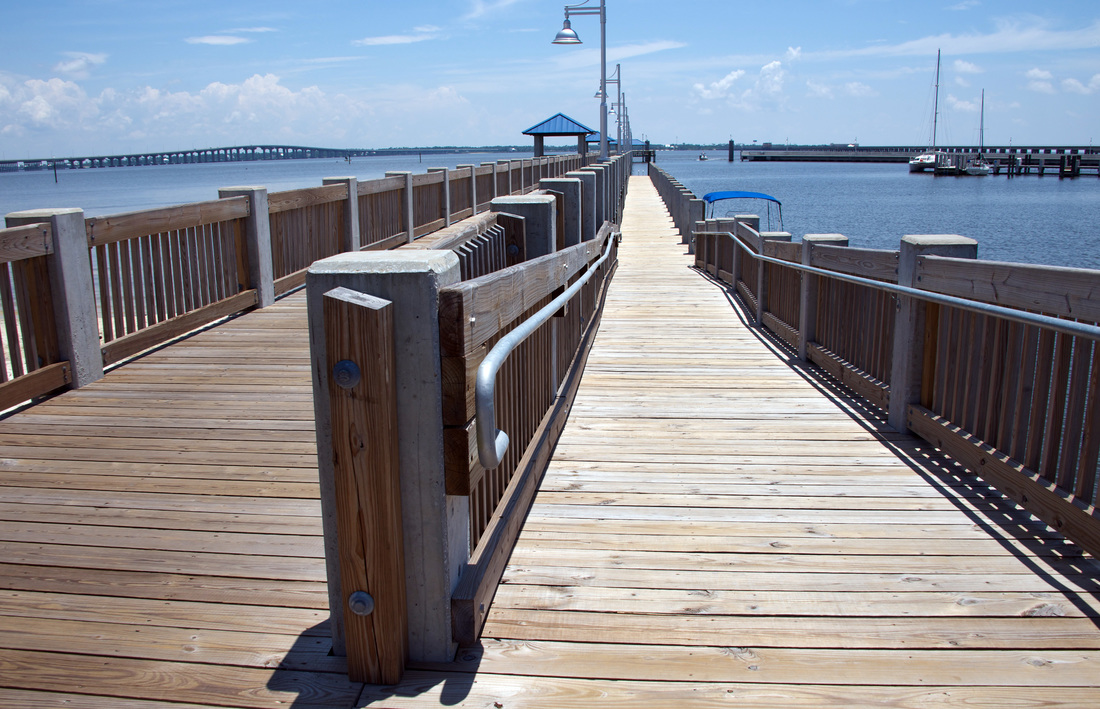
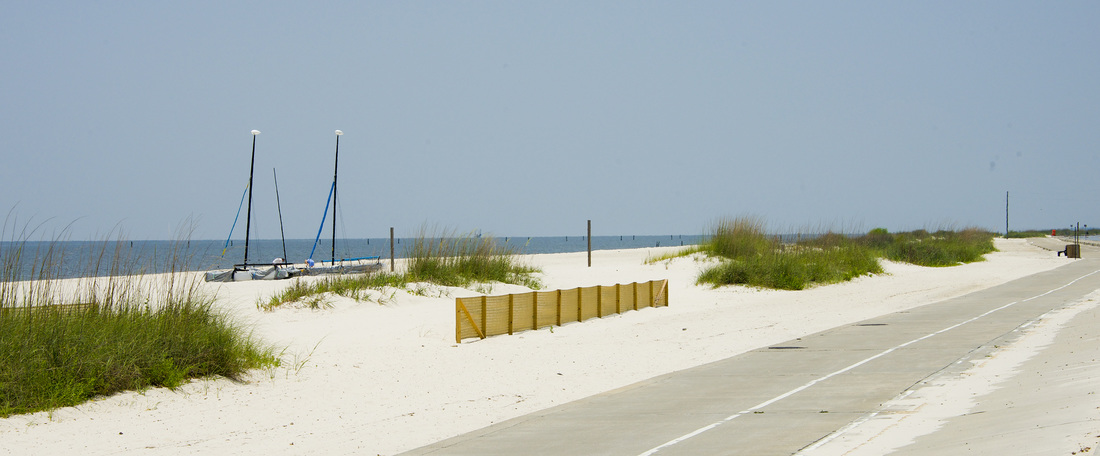
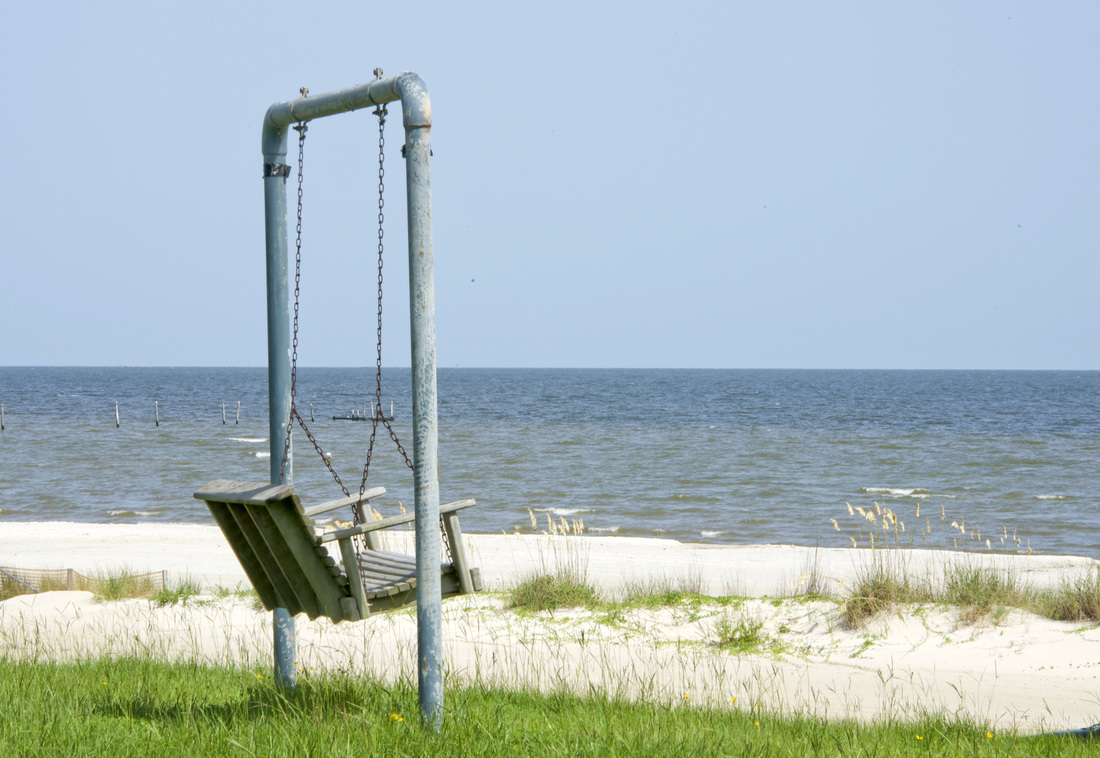
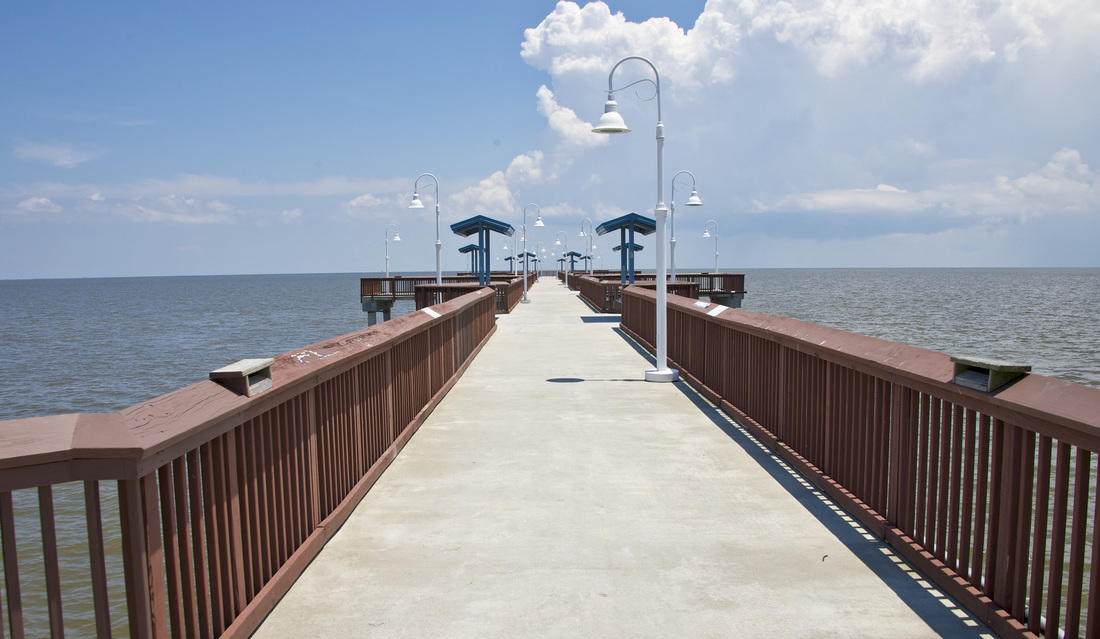
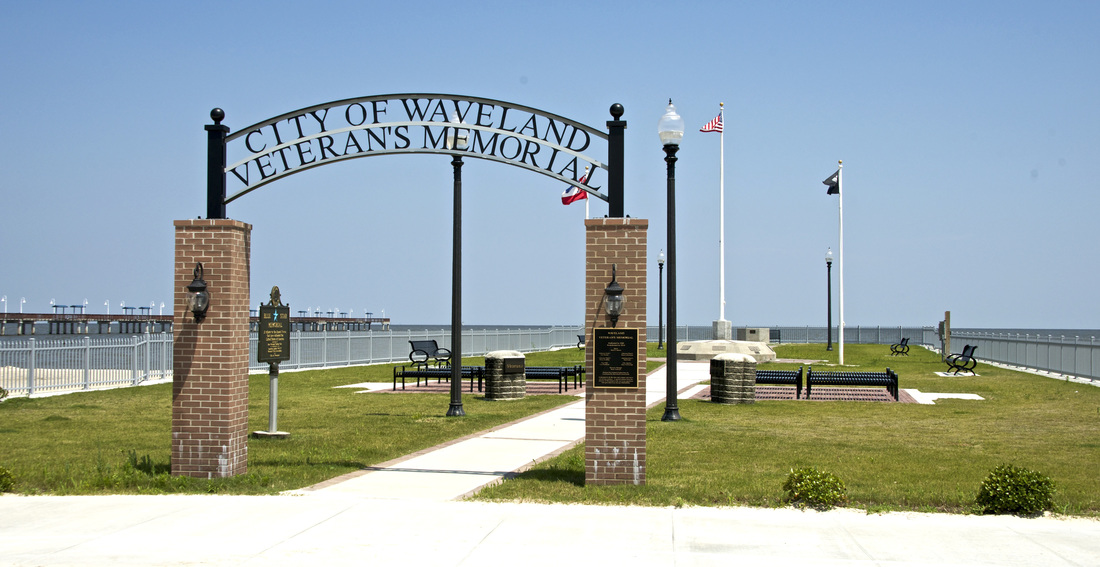
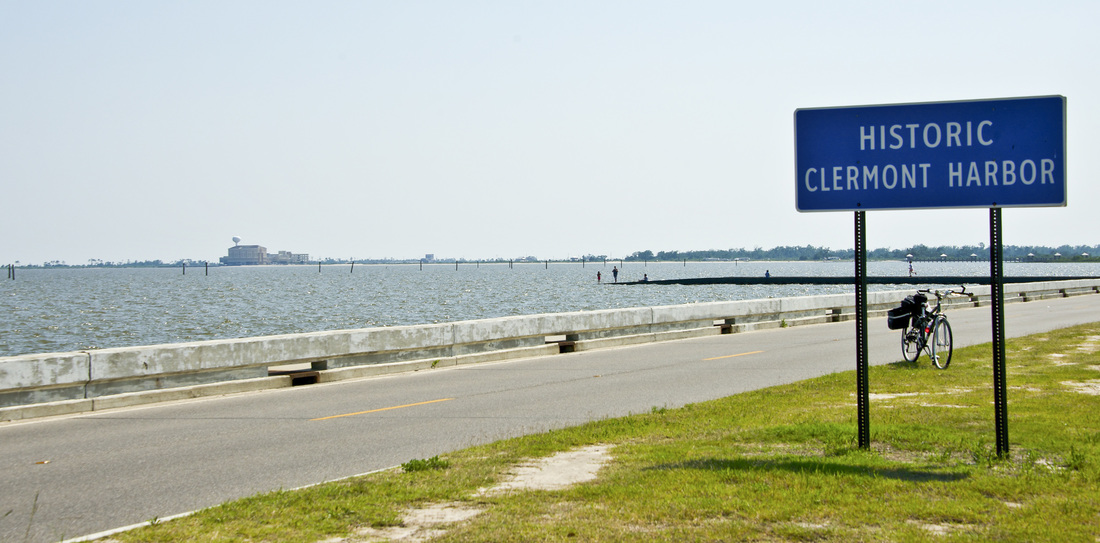
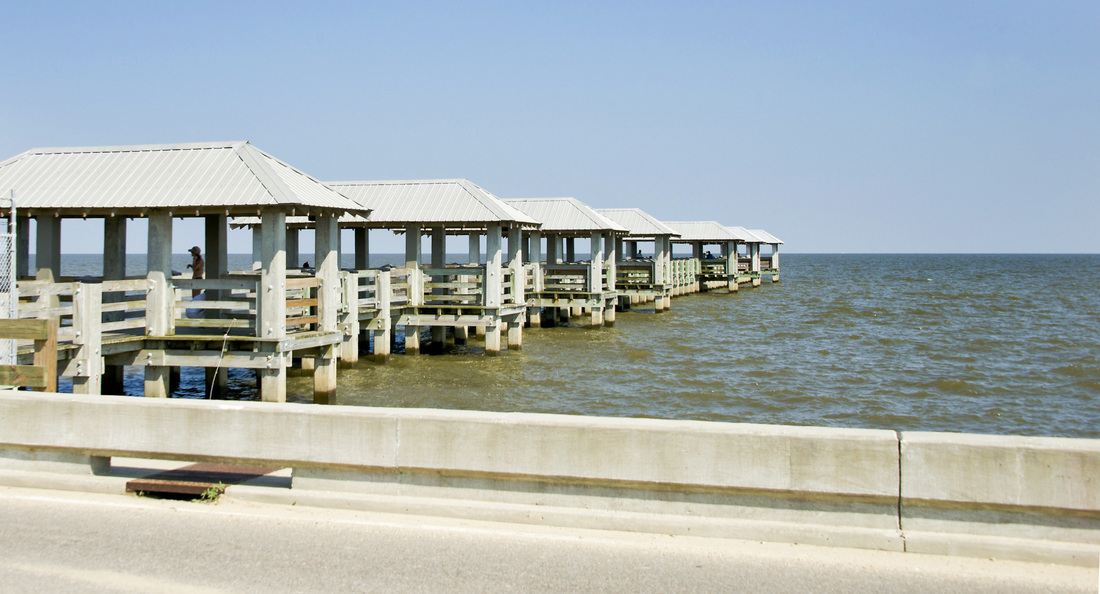
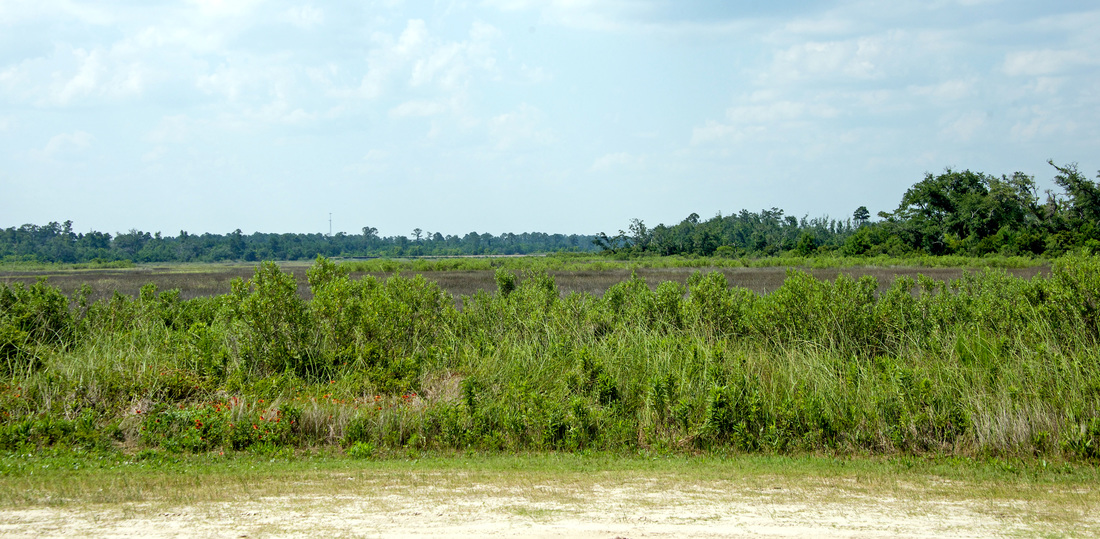
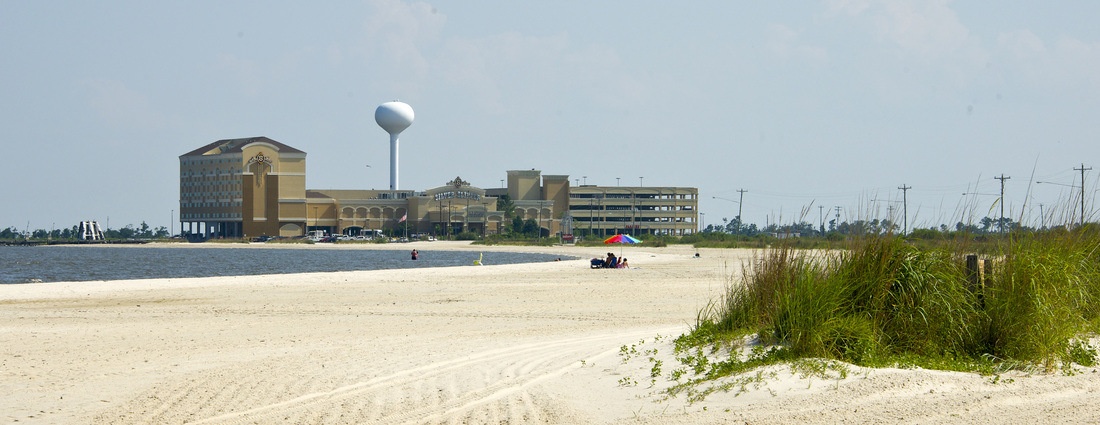
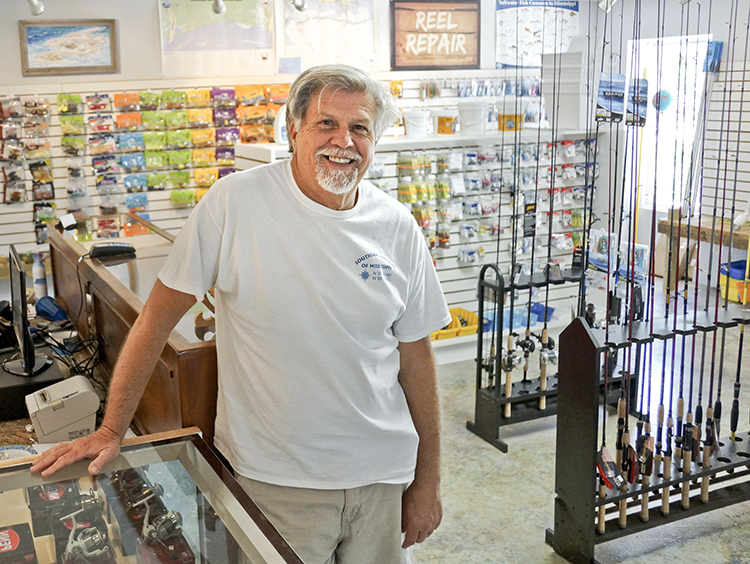
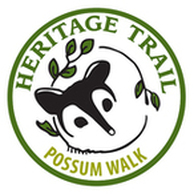
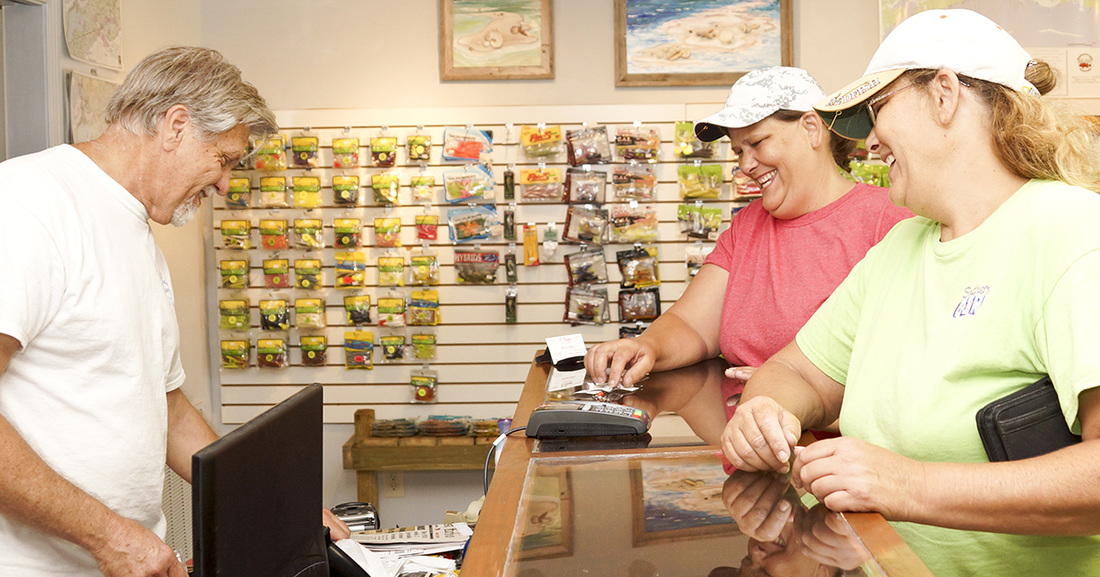
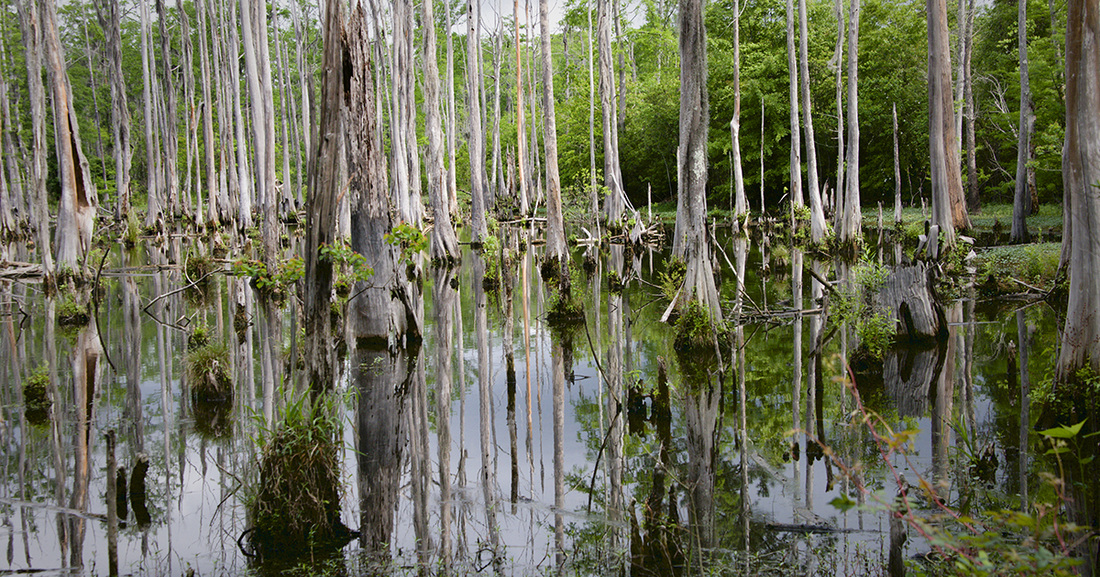
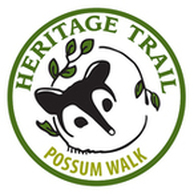
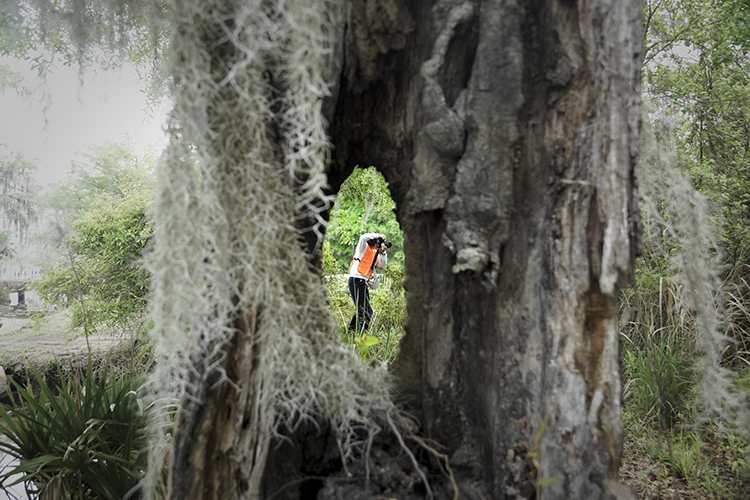
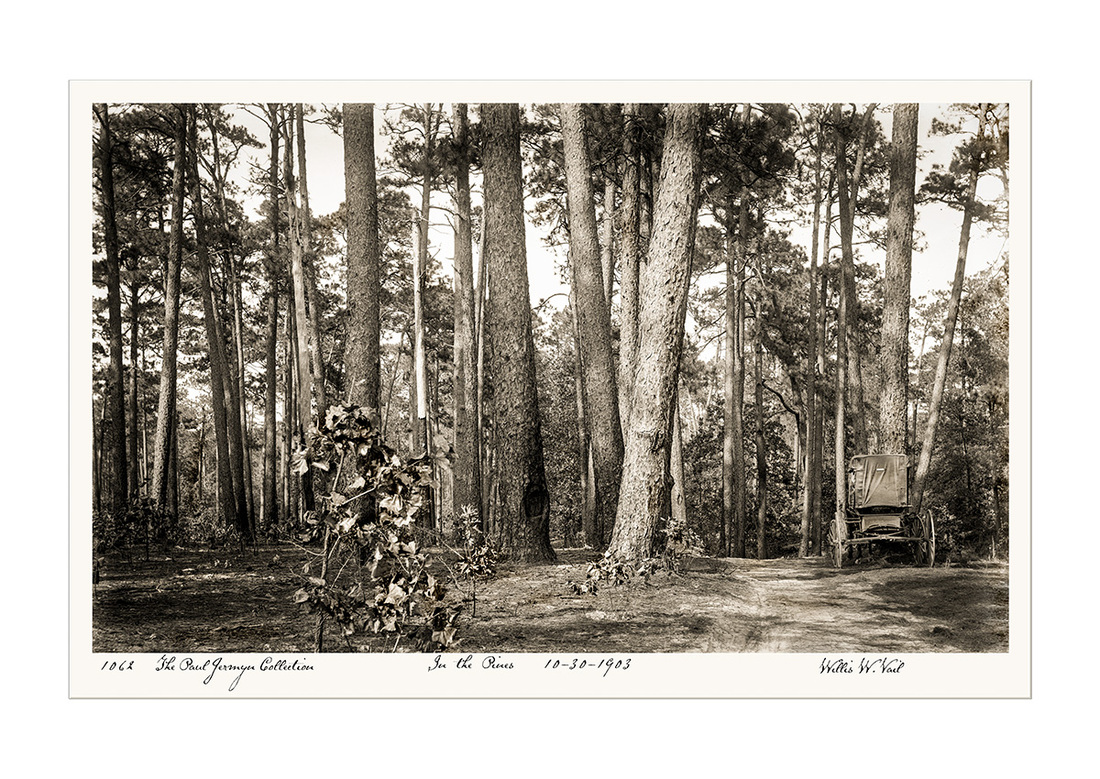
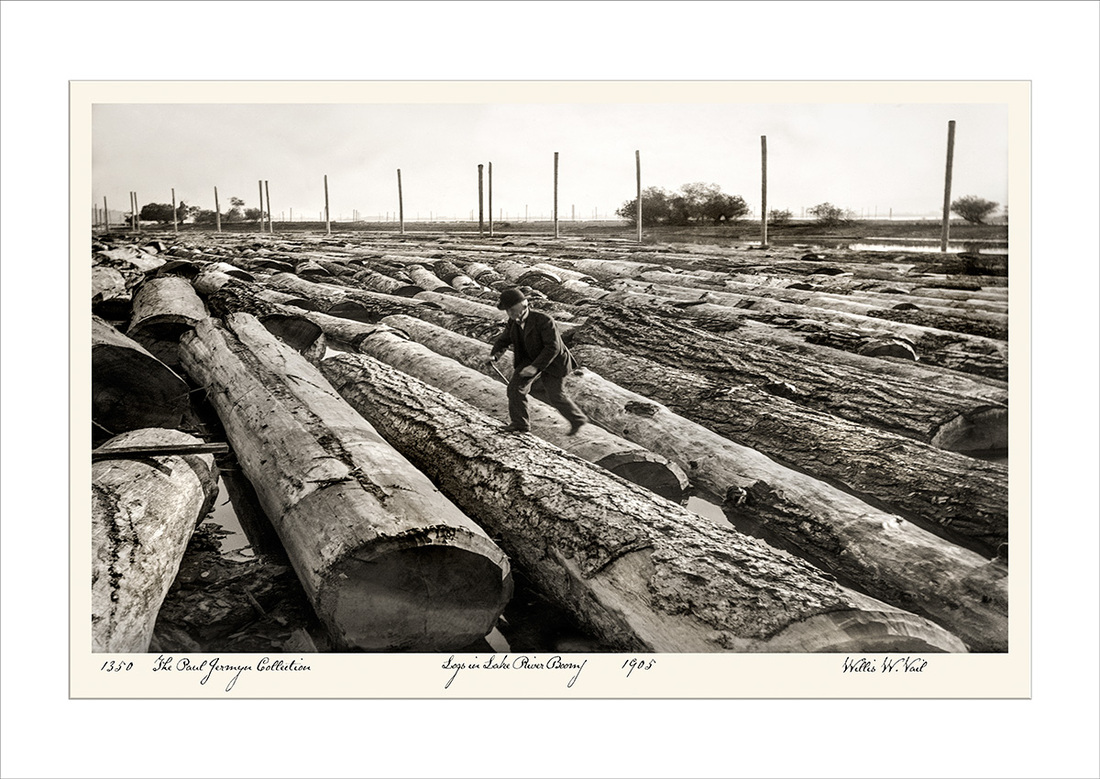
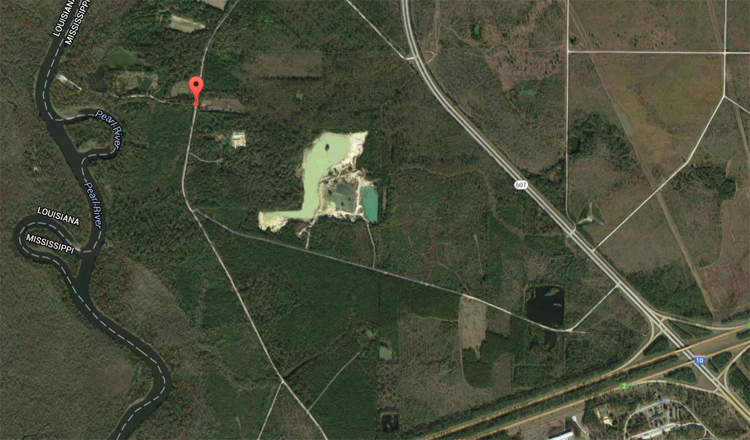
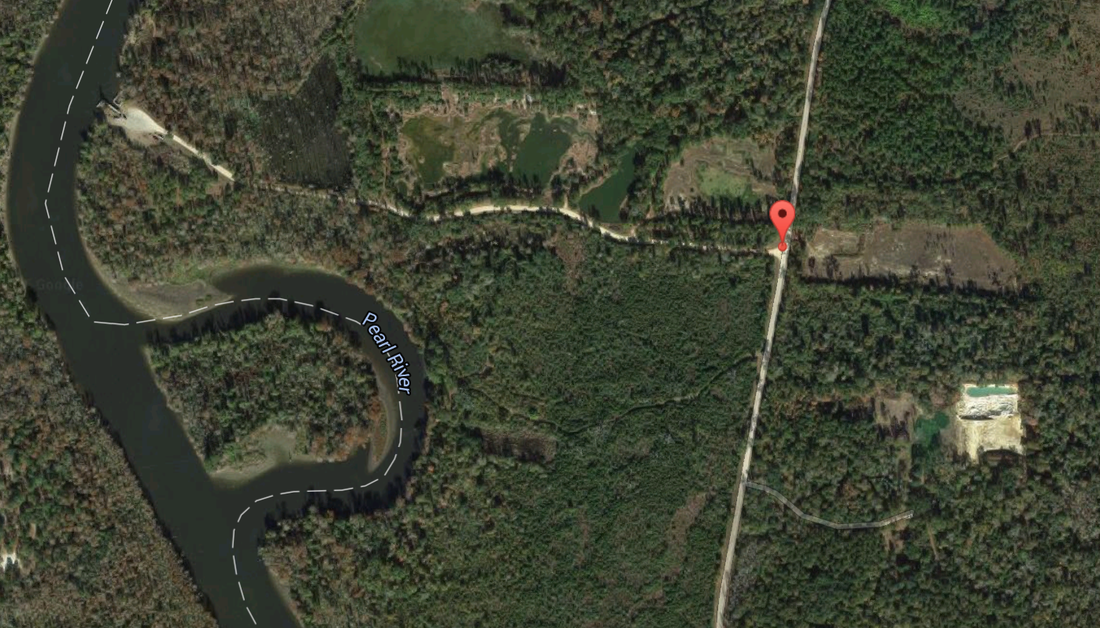
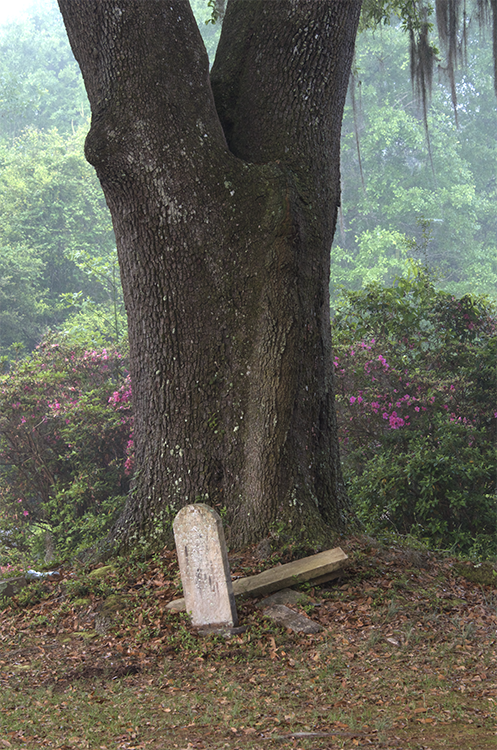
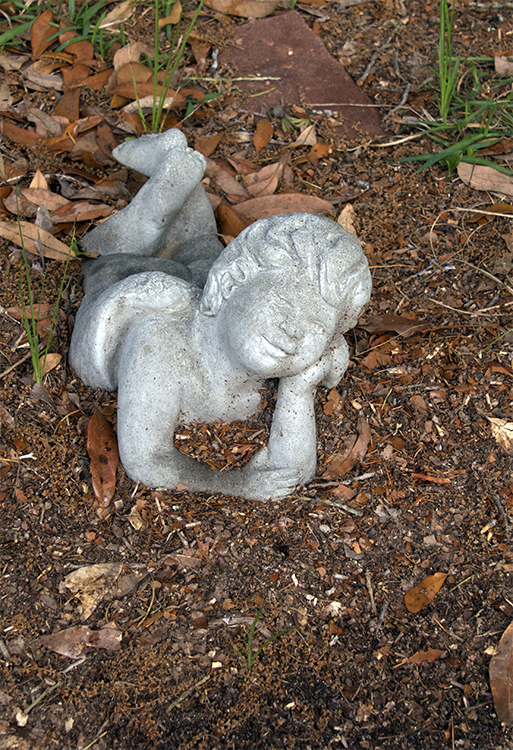
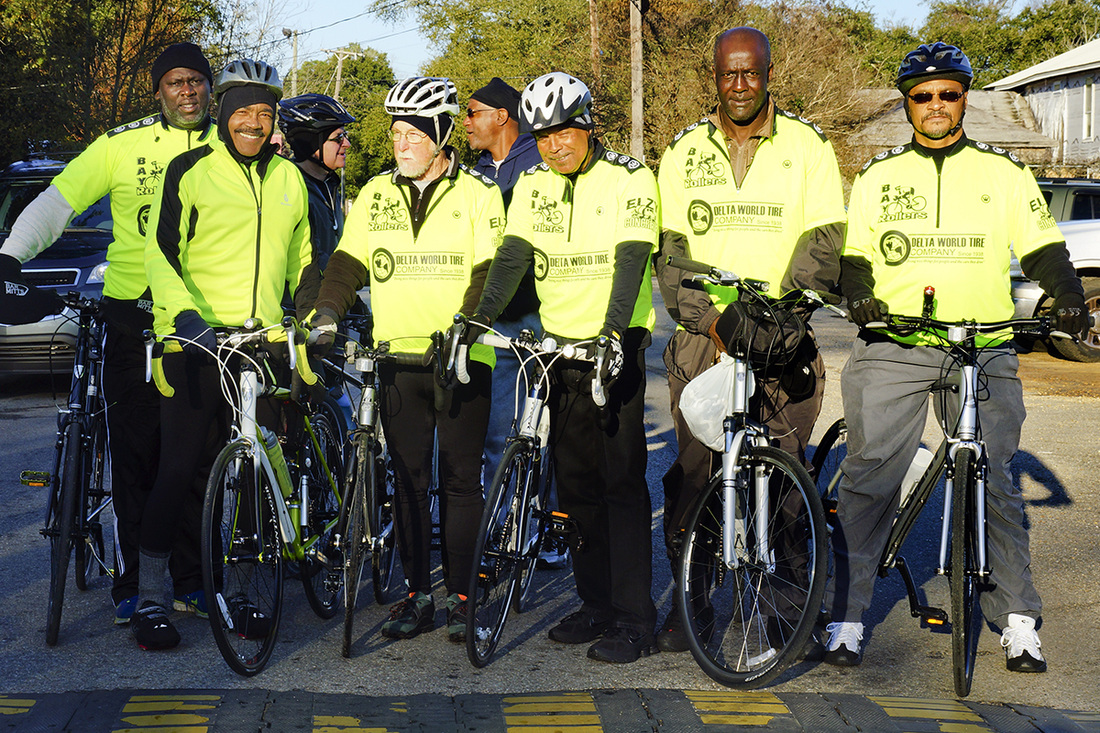
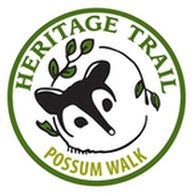
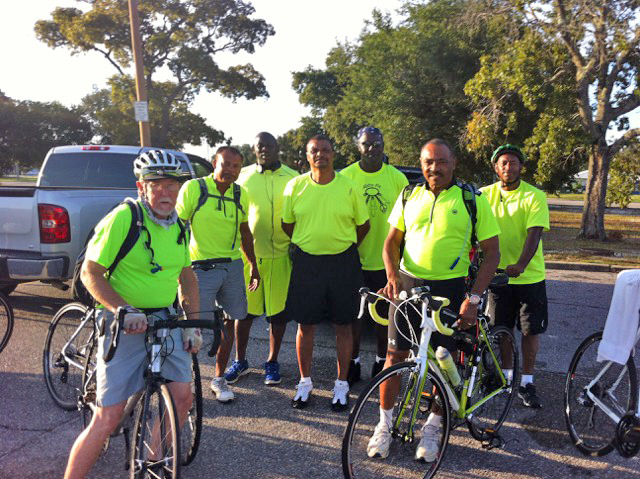
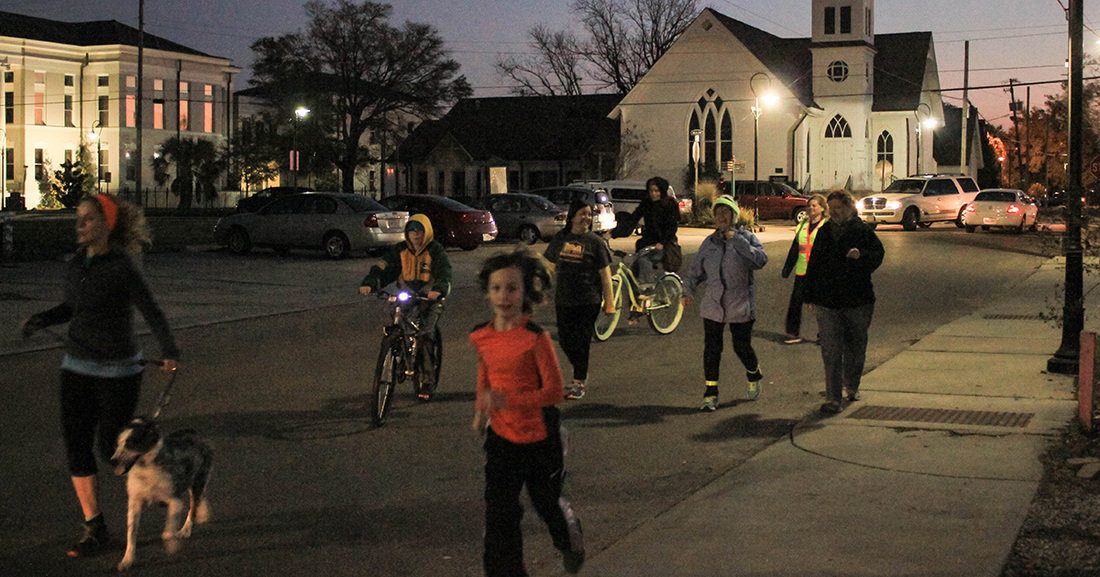
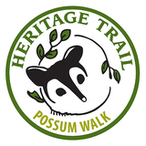
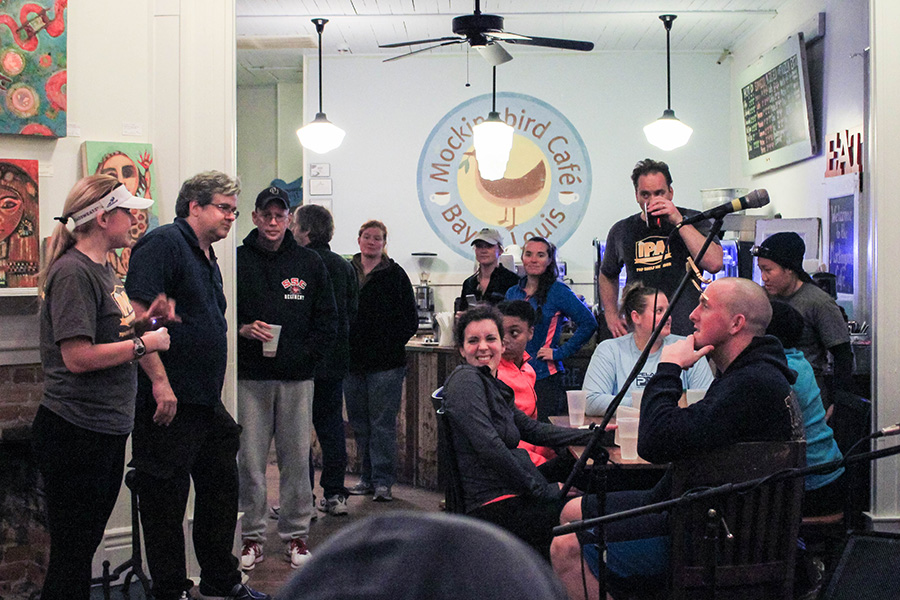
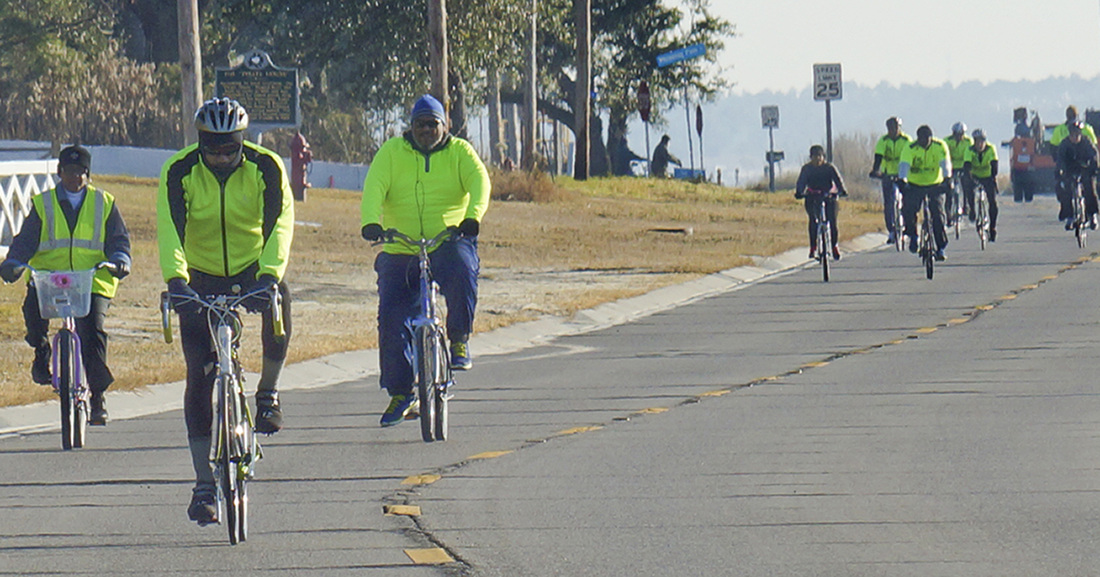
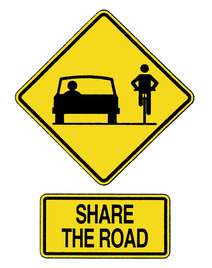
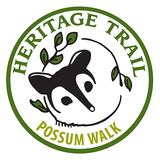
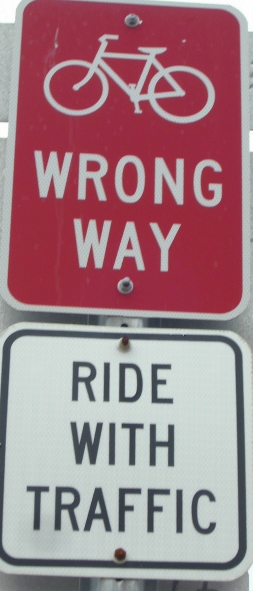
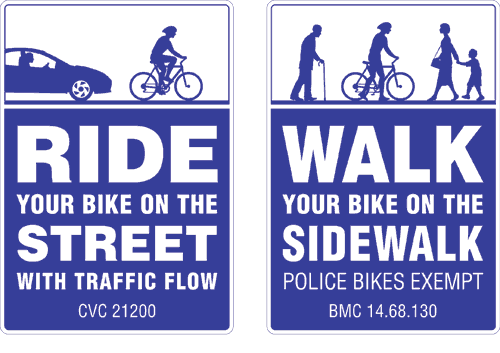
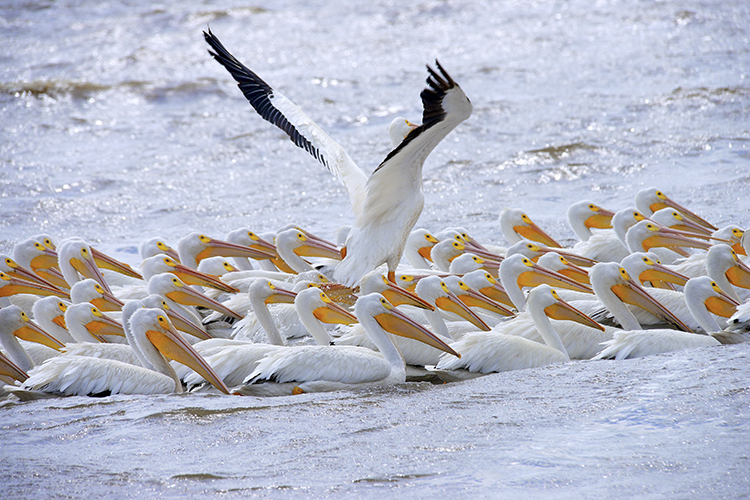
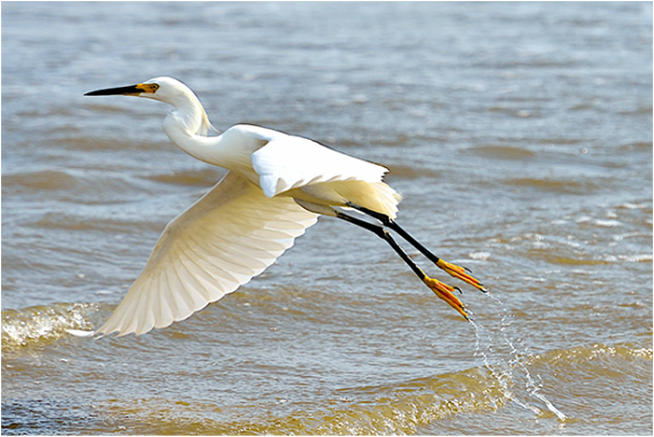


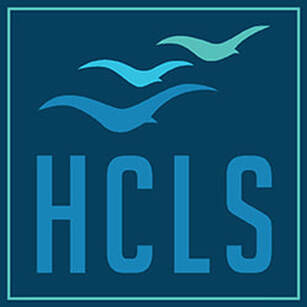
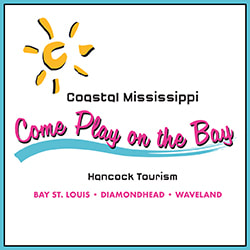












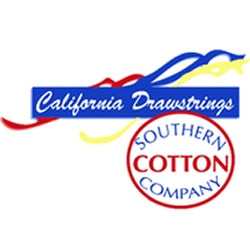


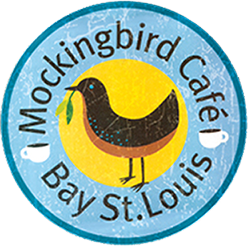




 RSS Feed
RSS Feed








